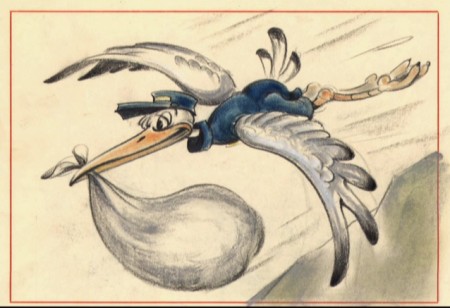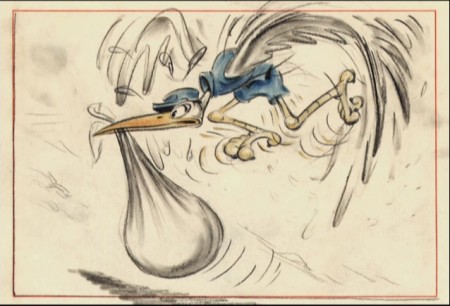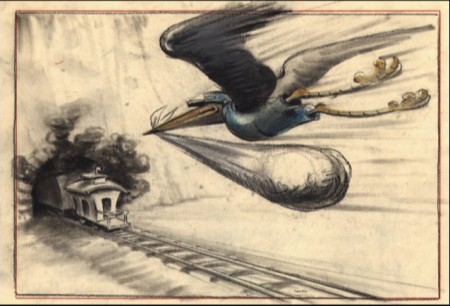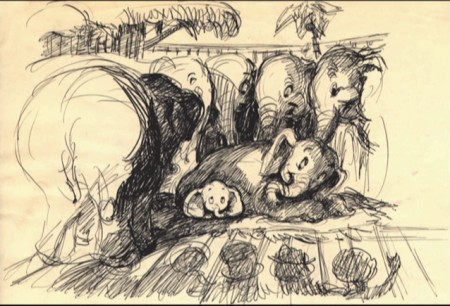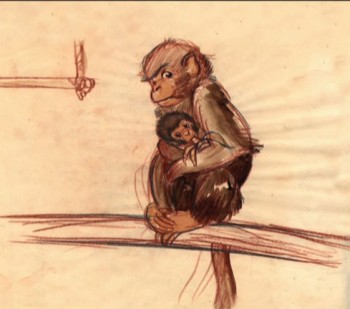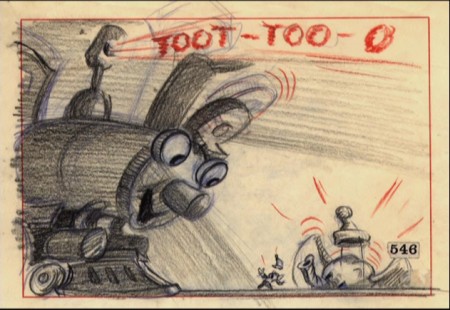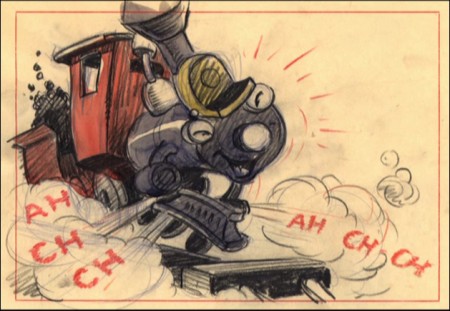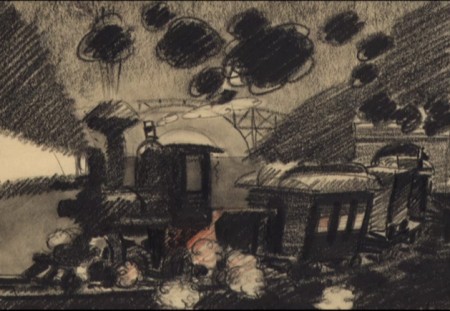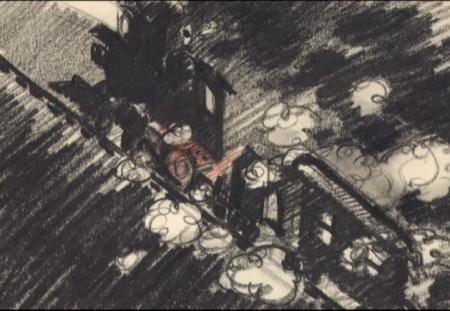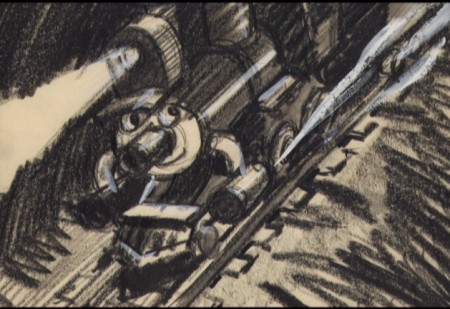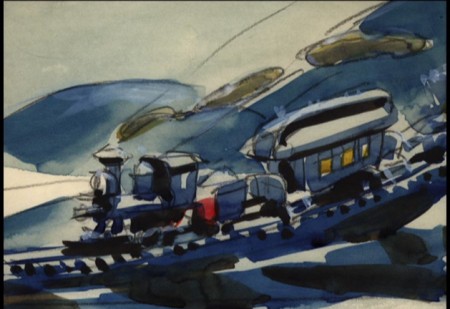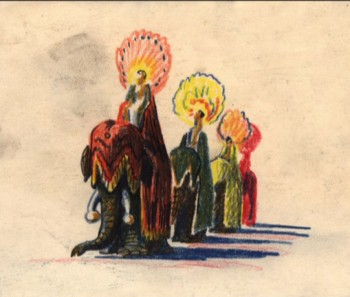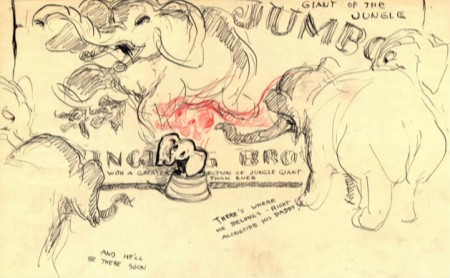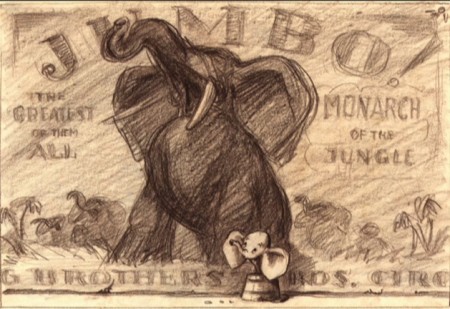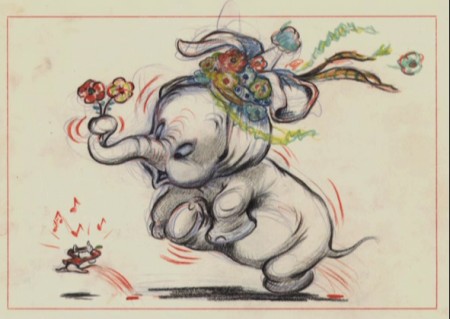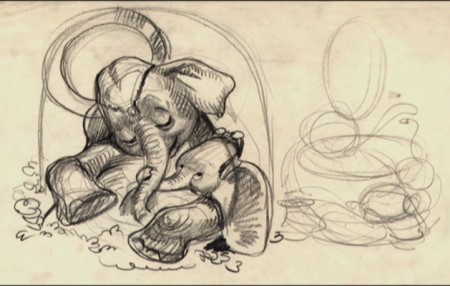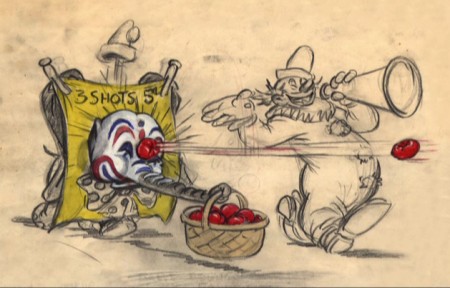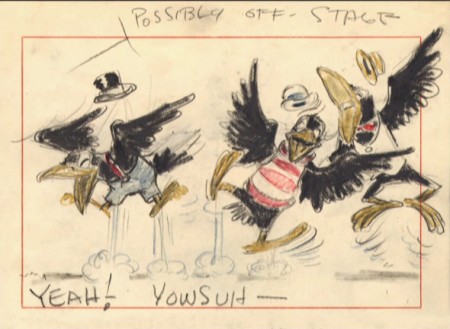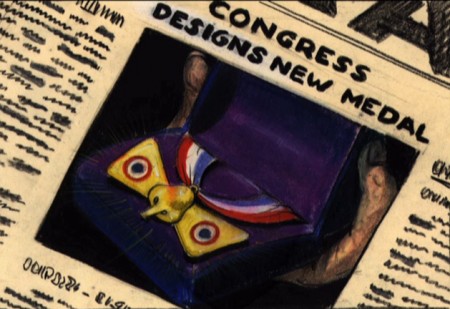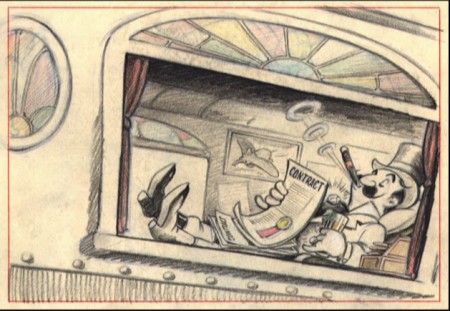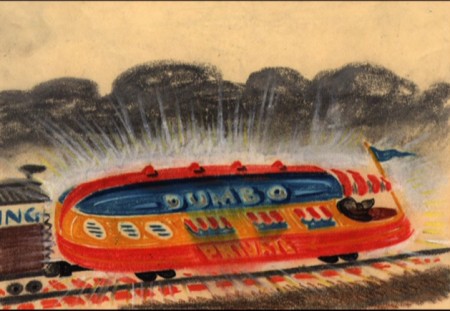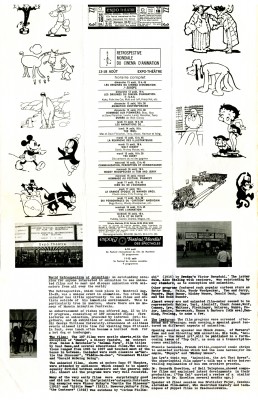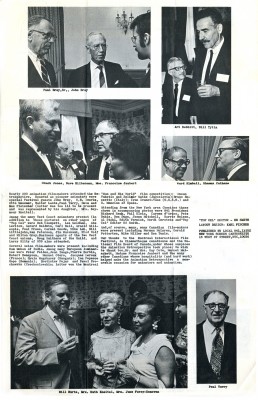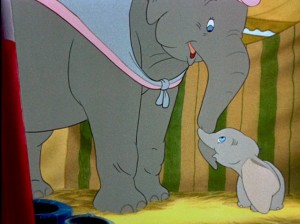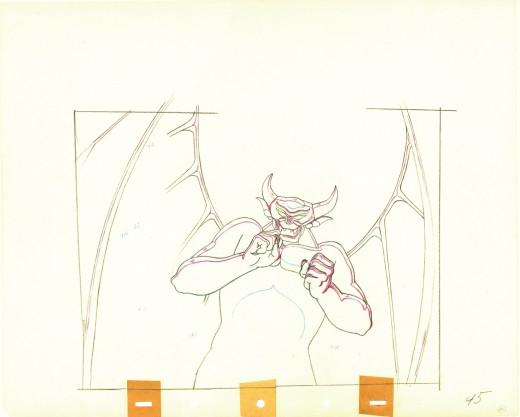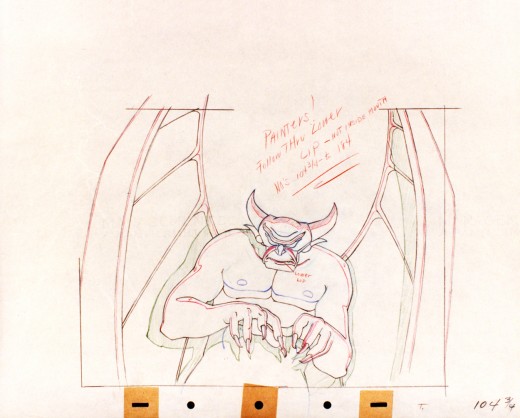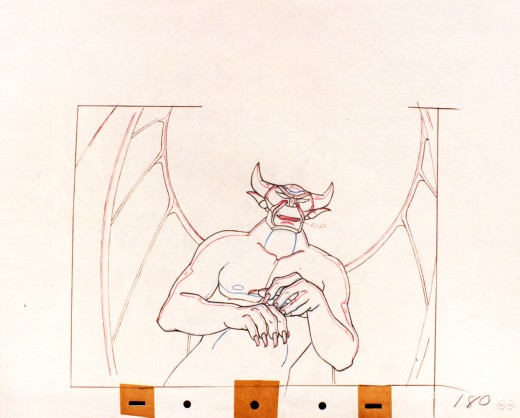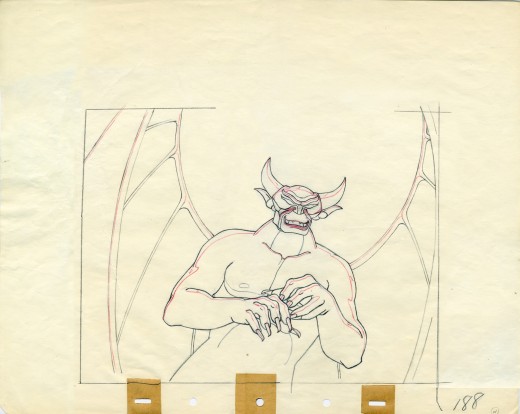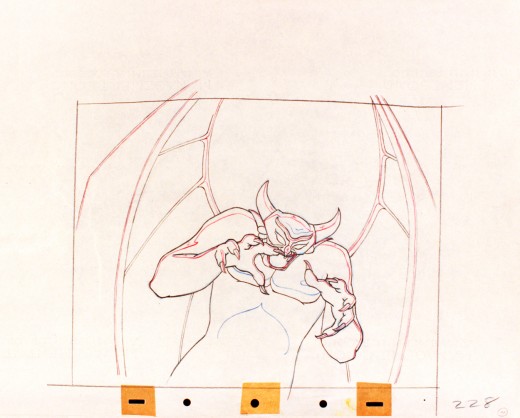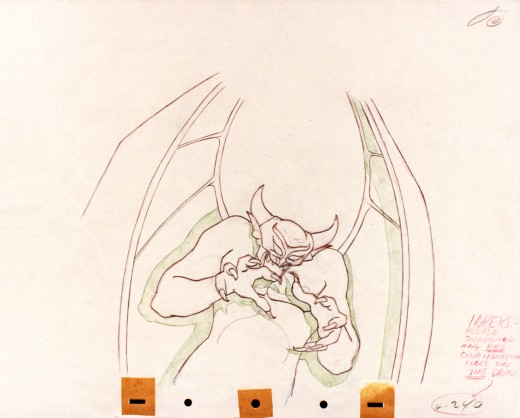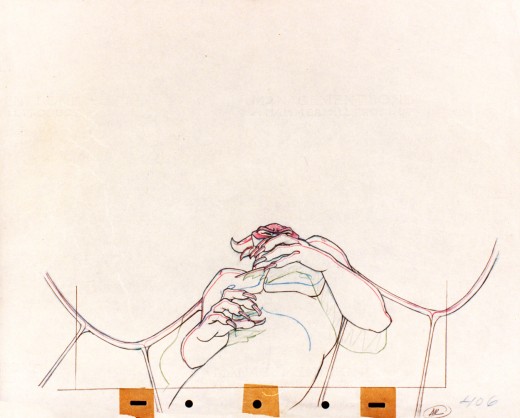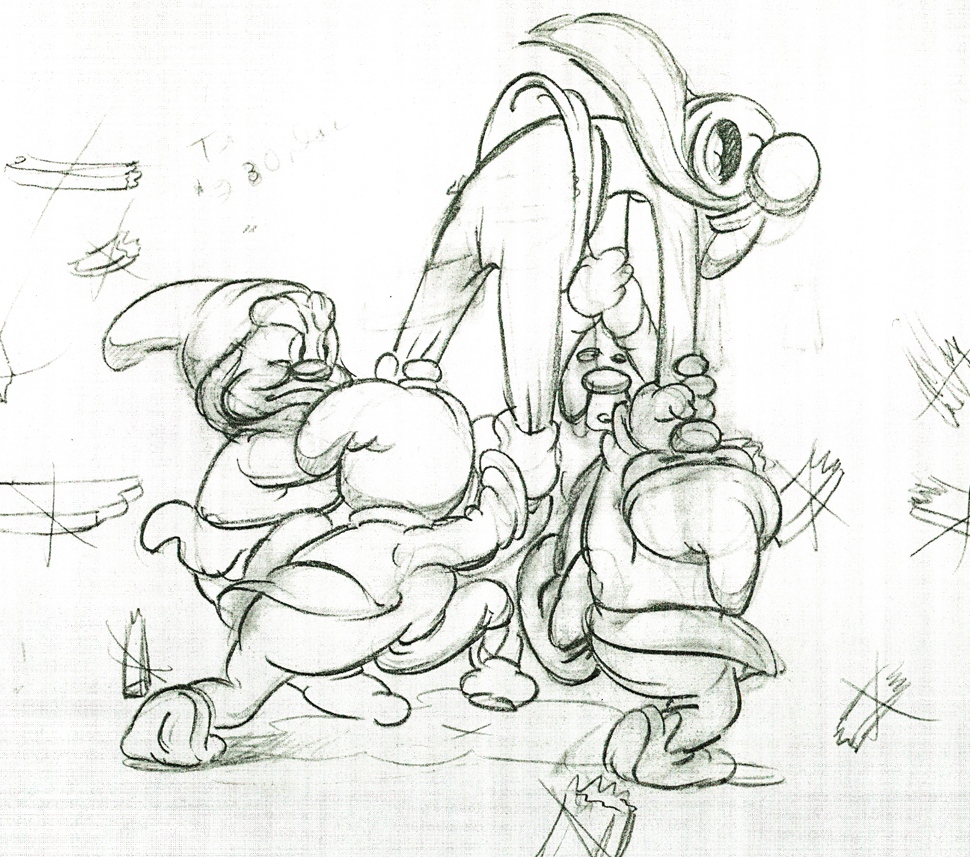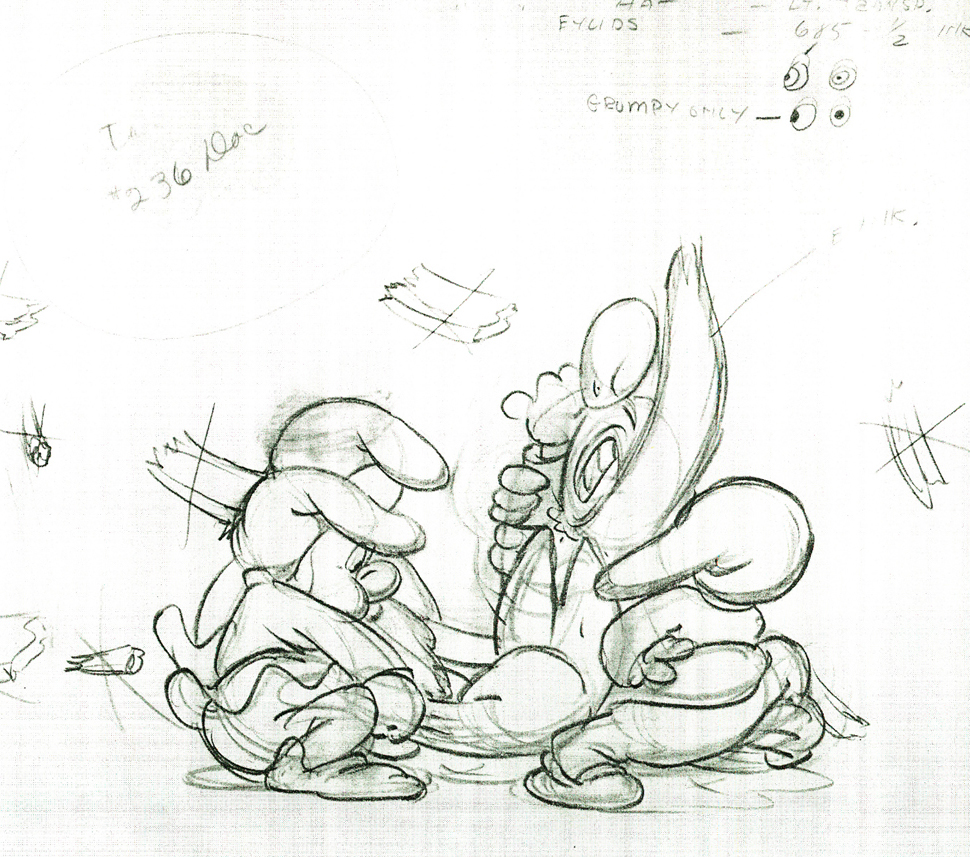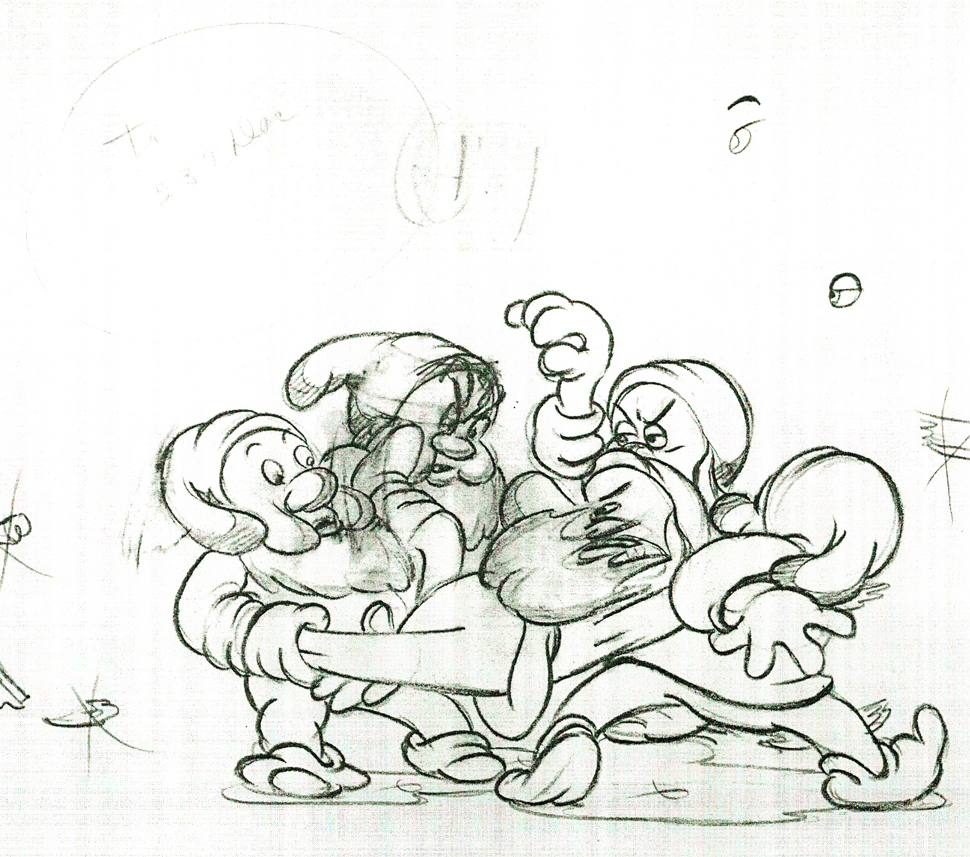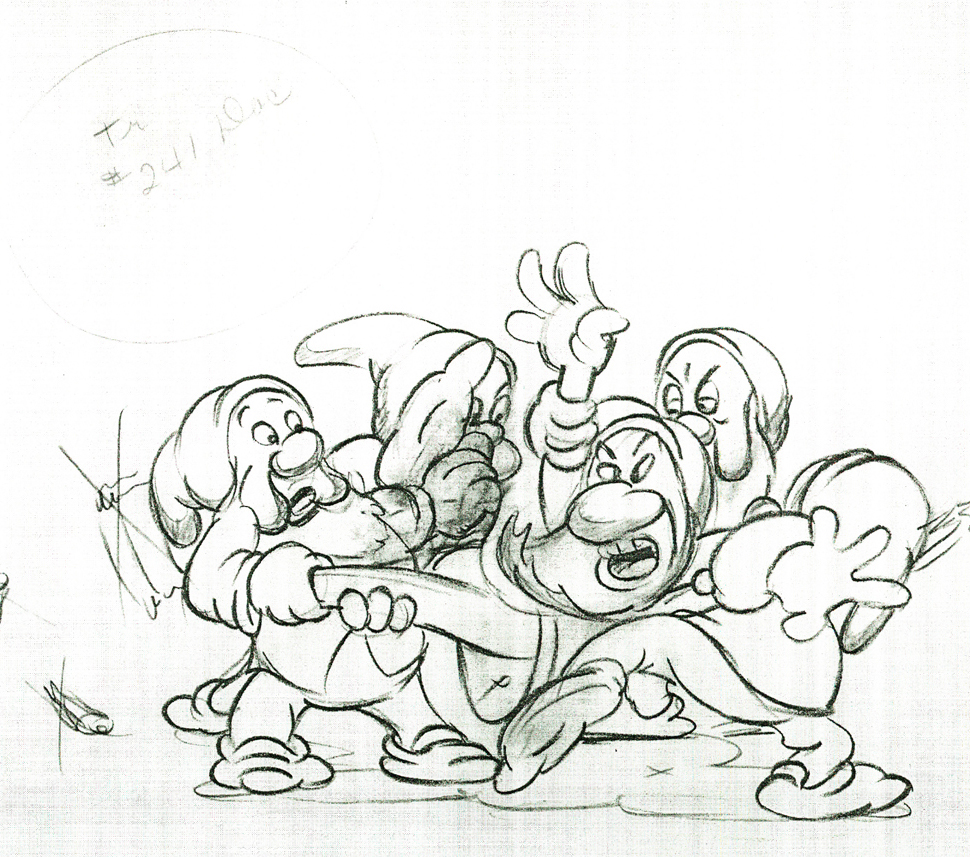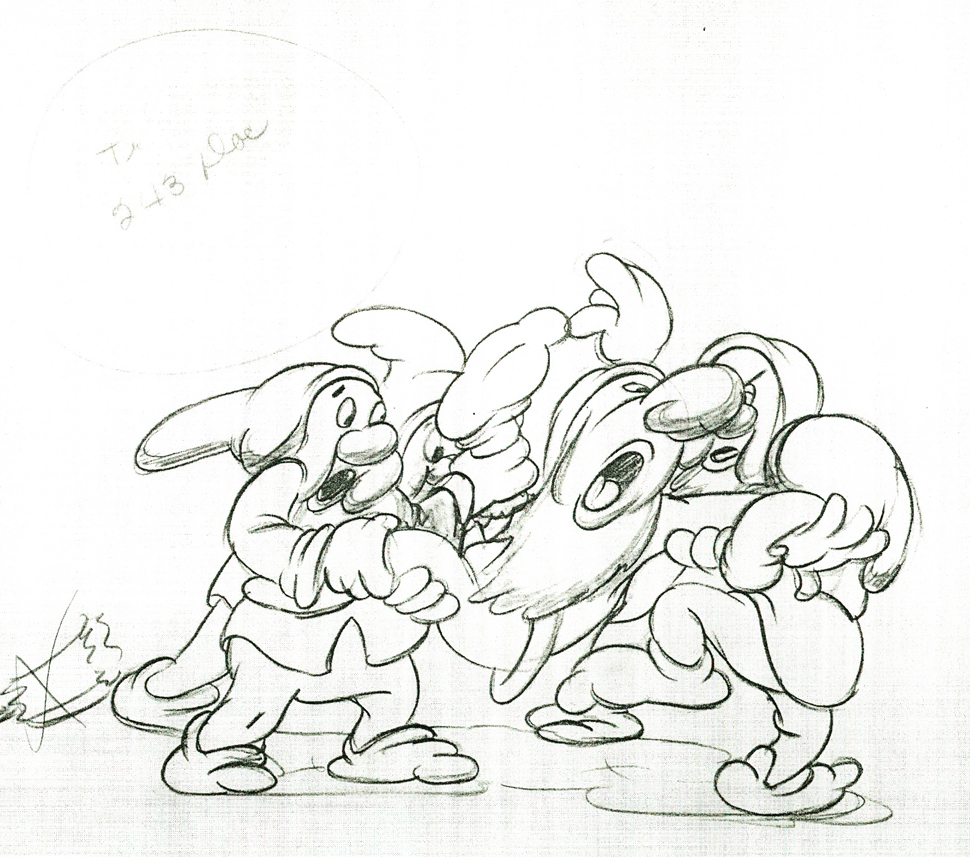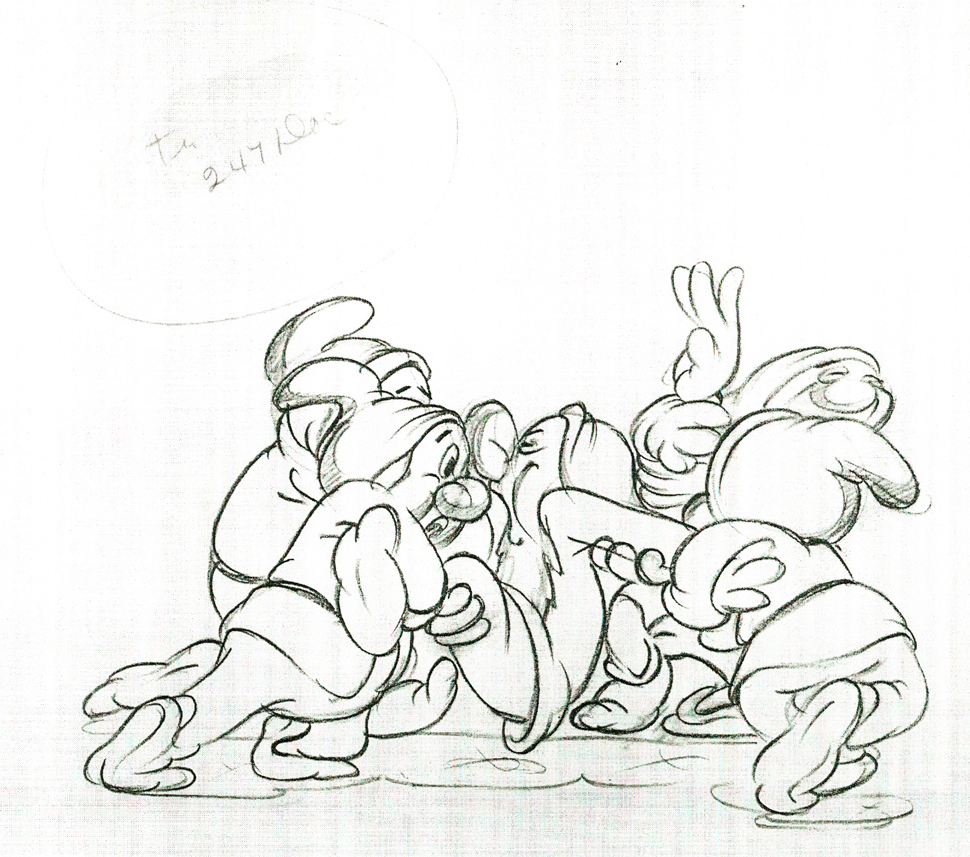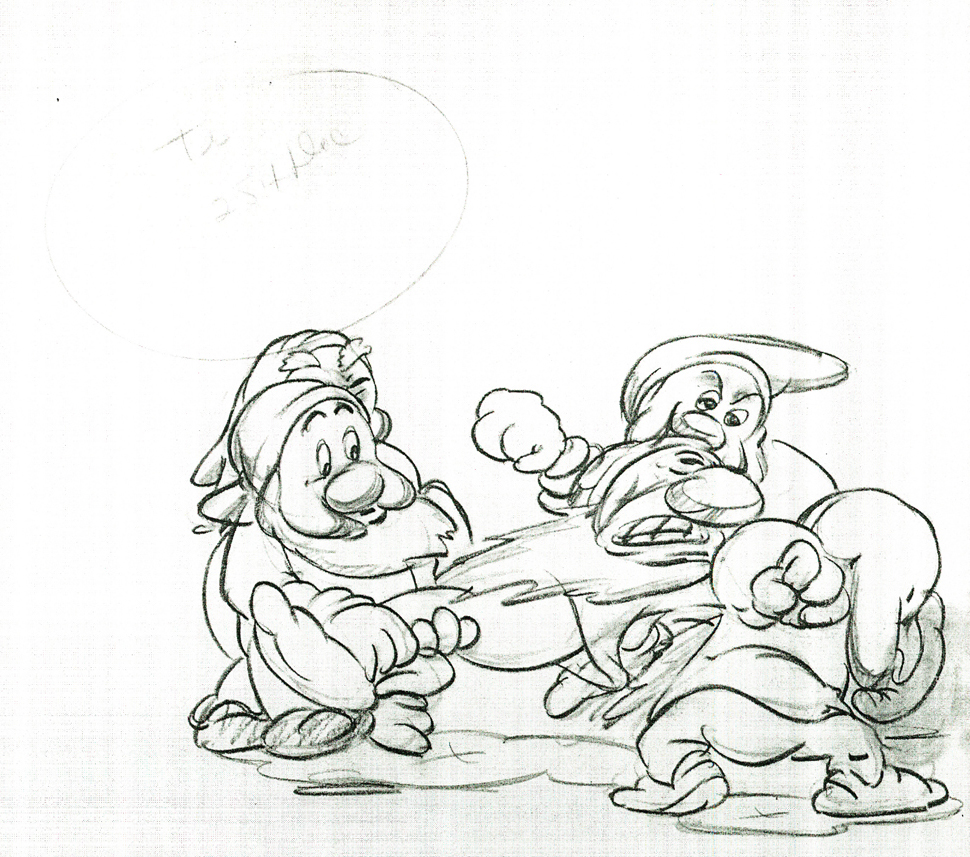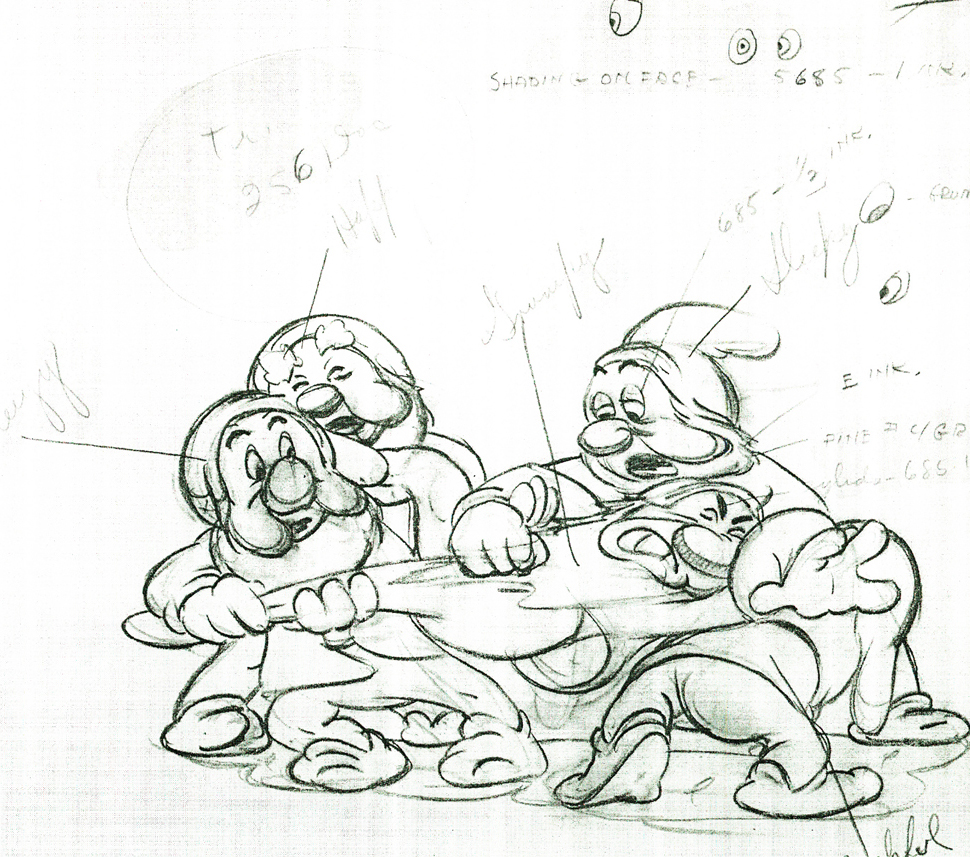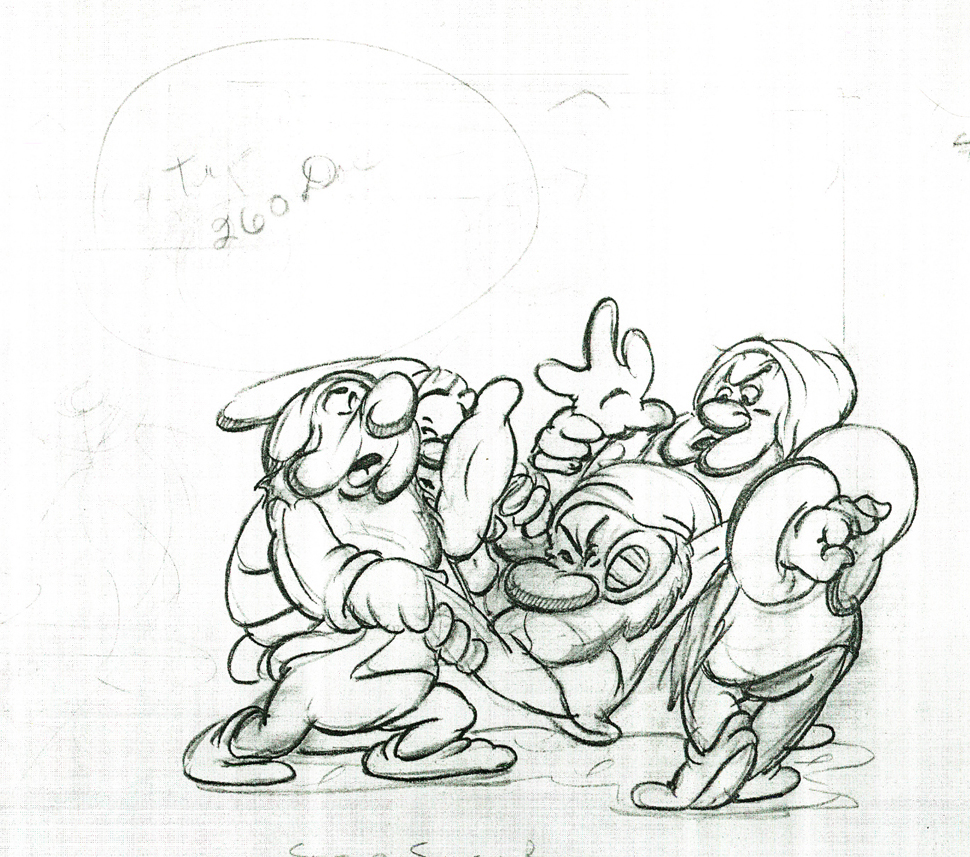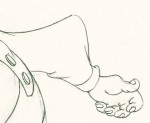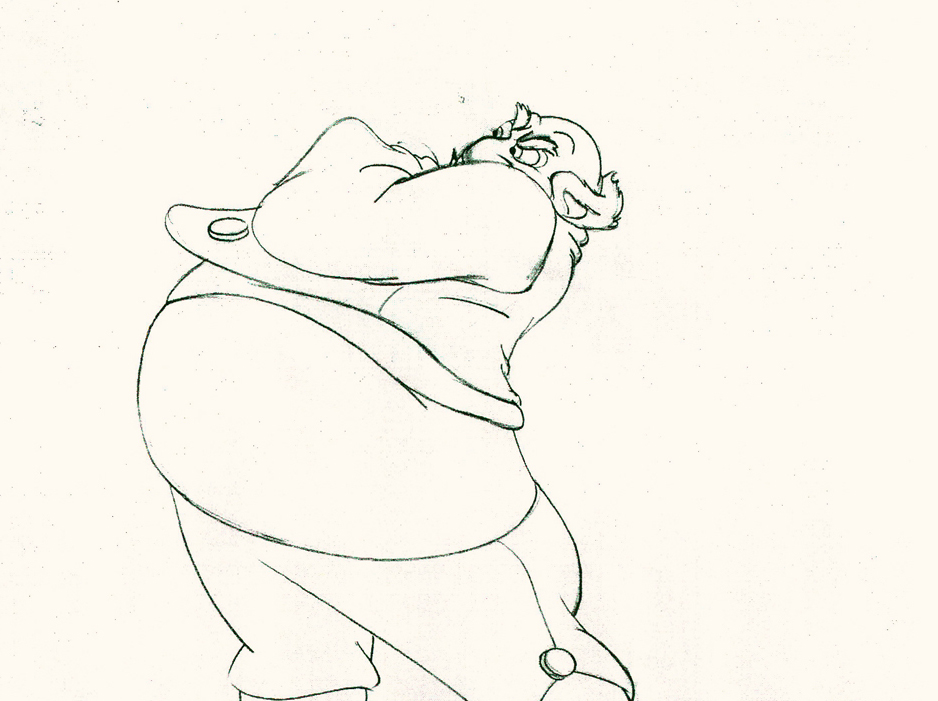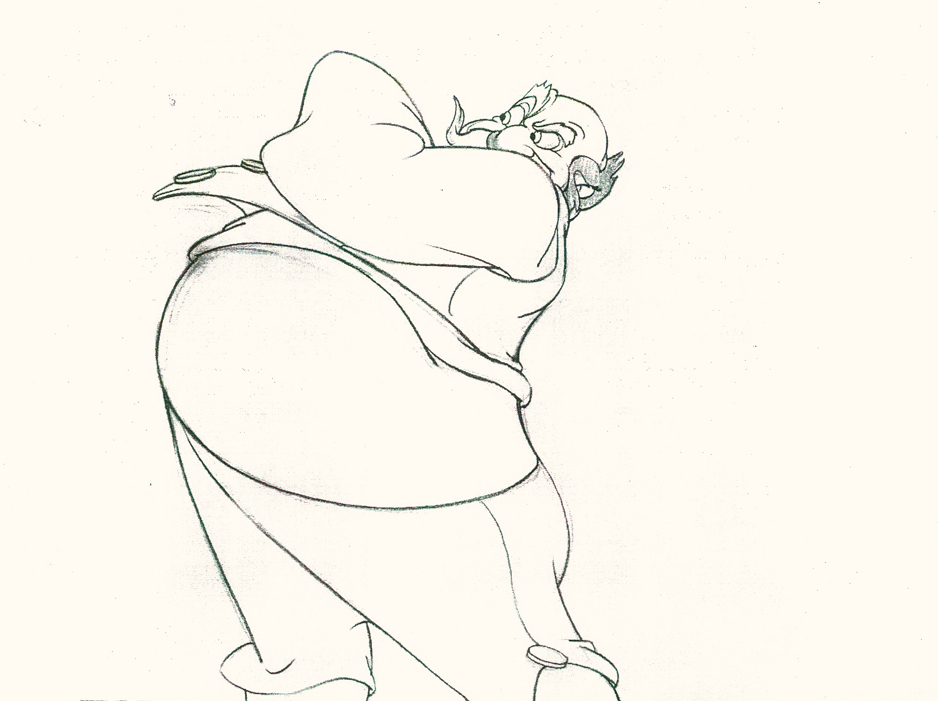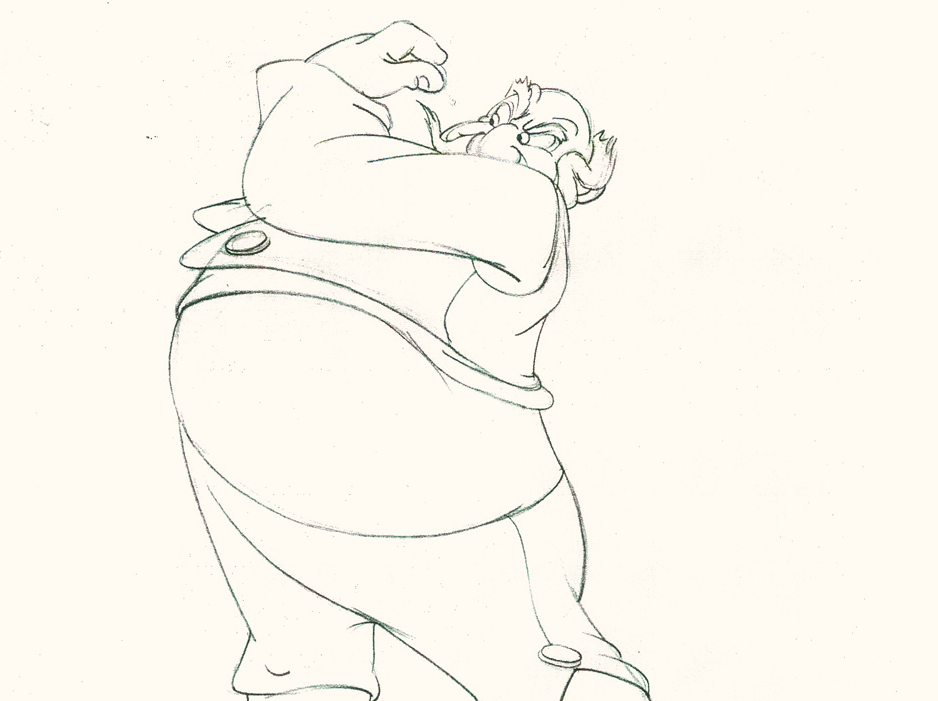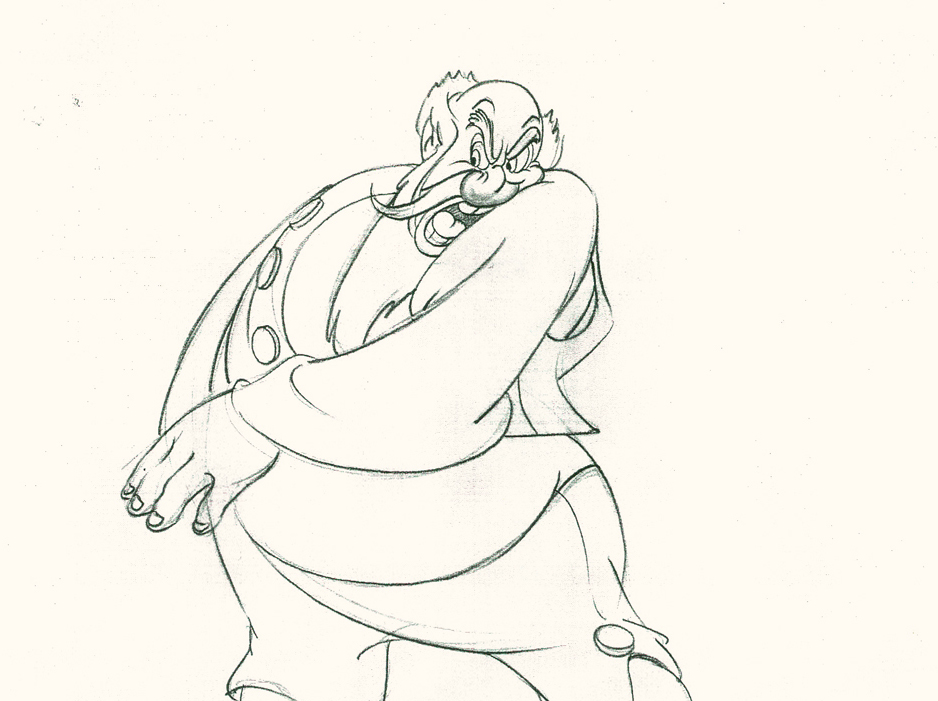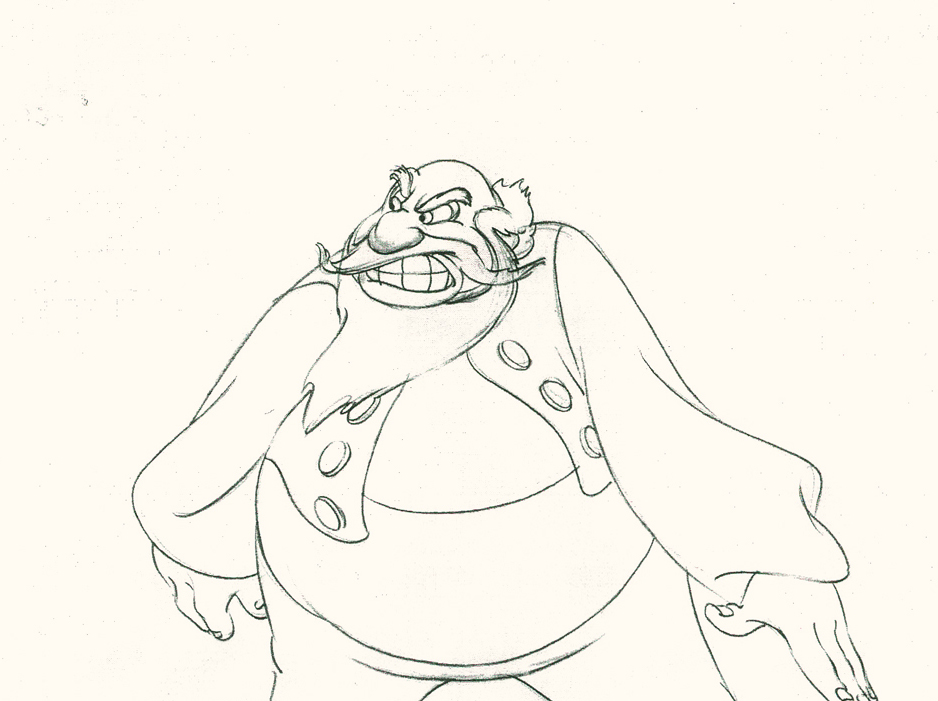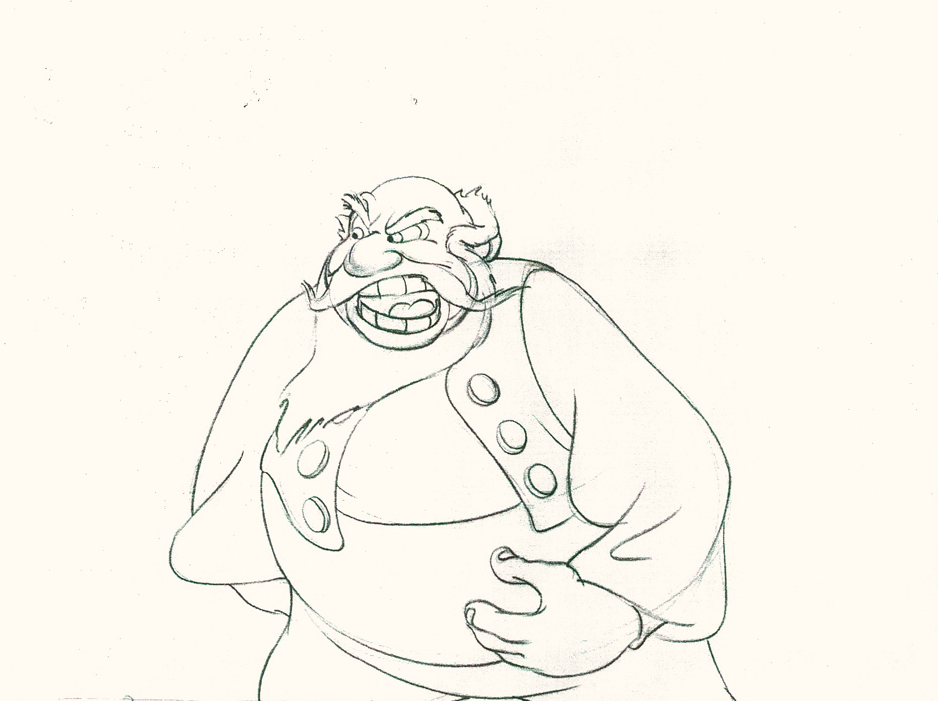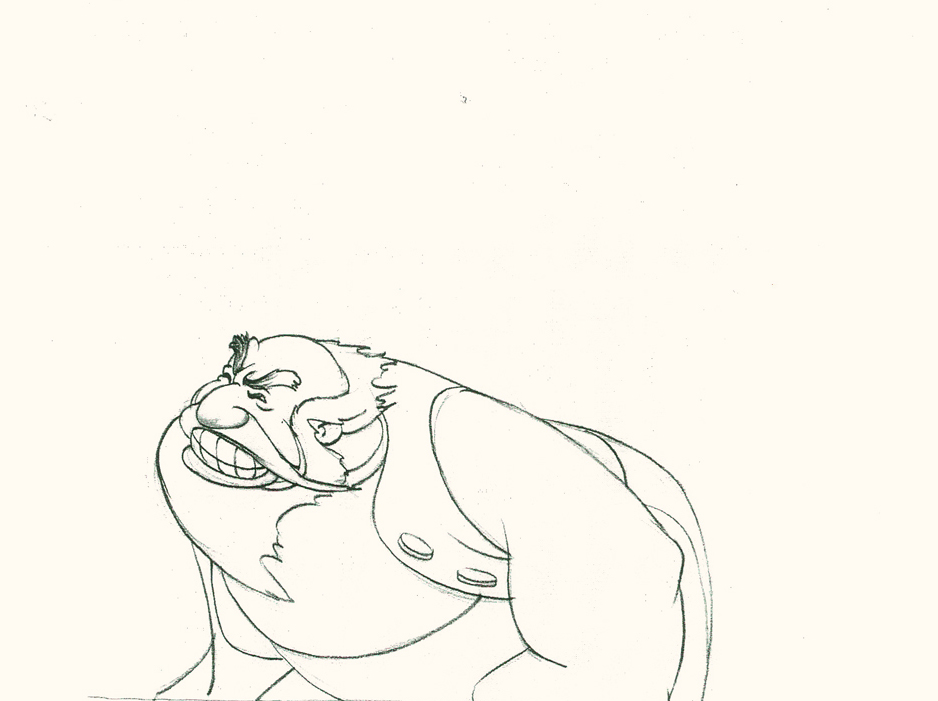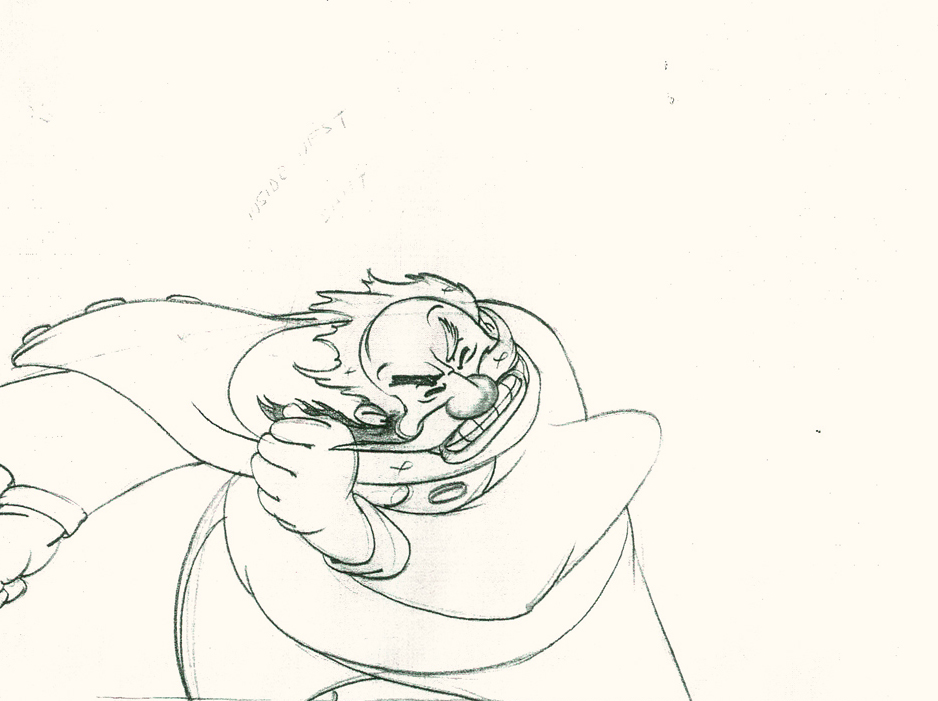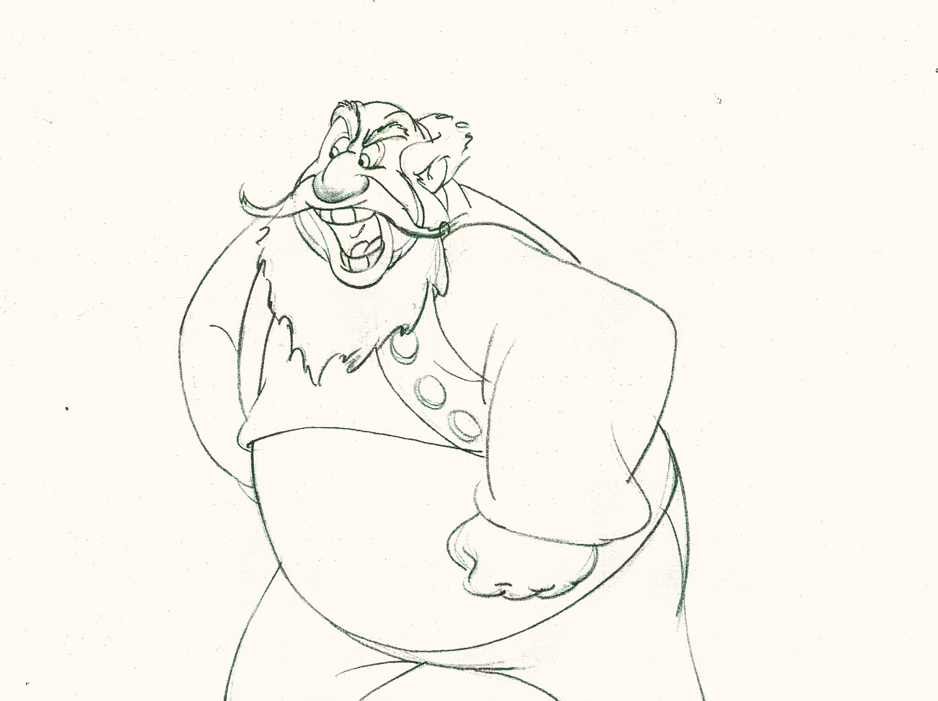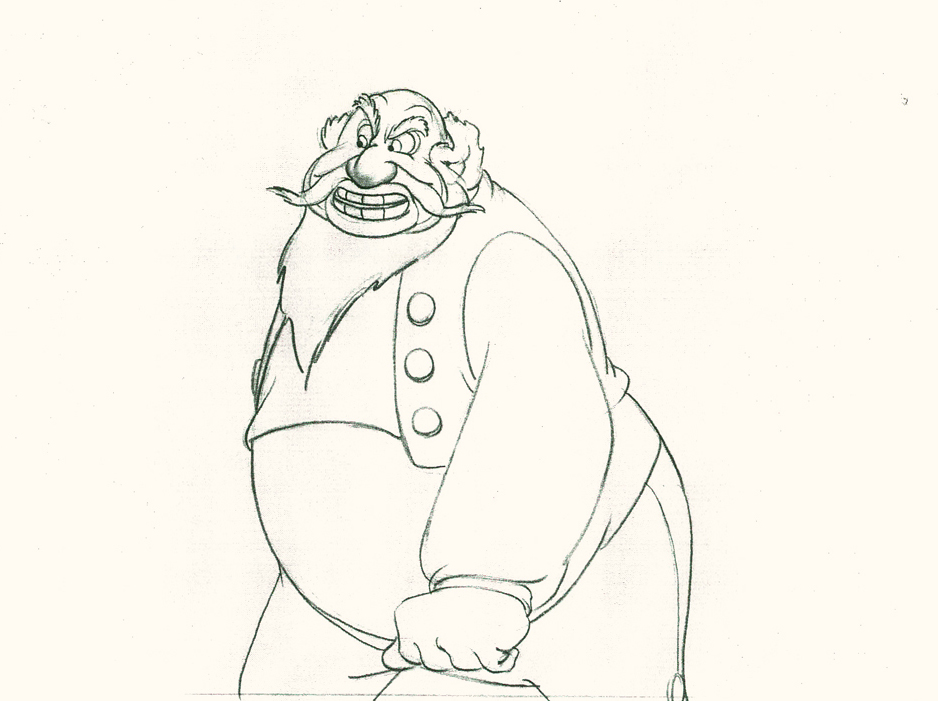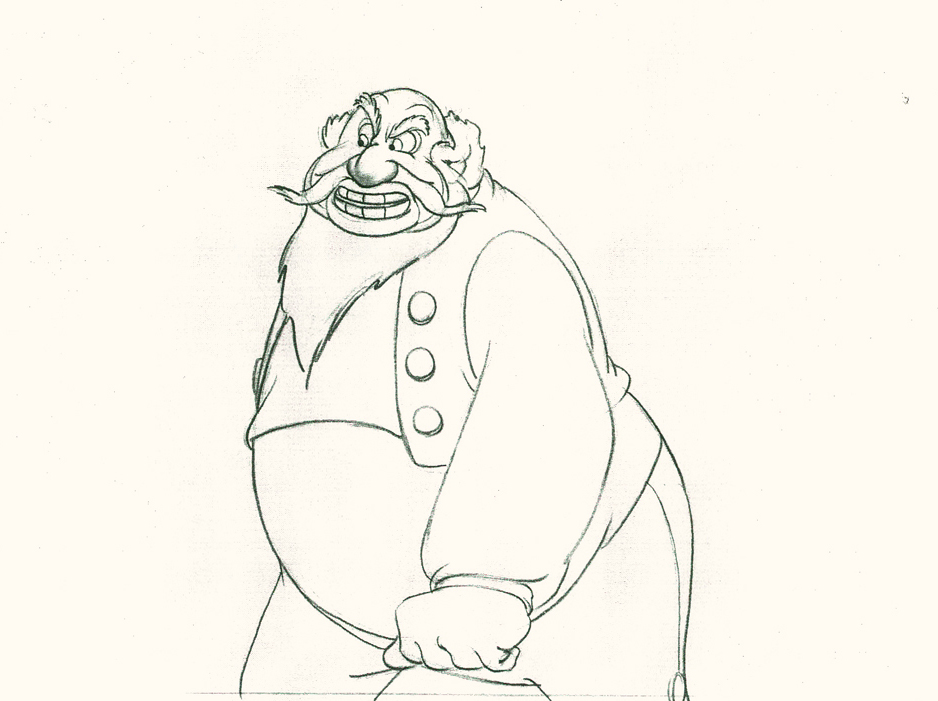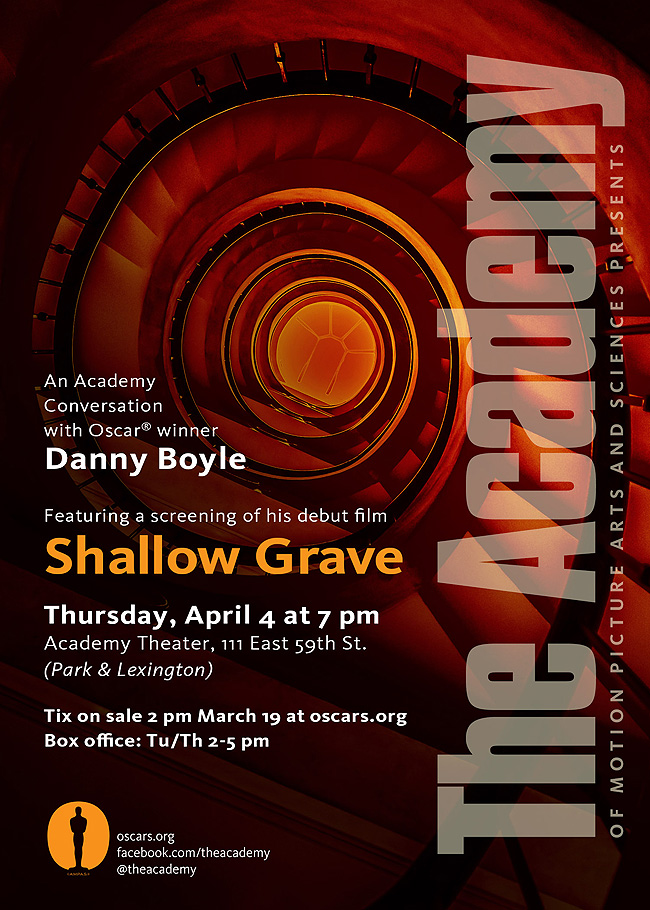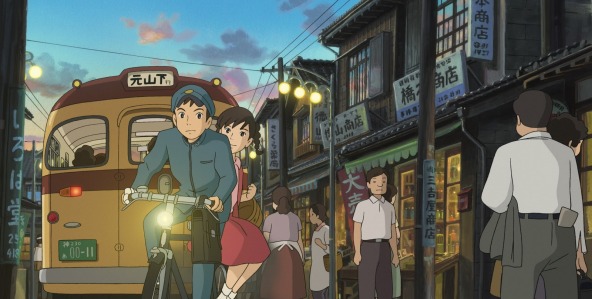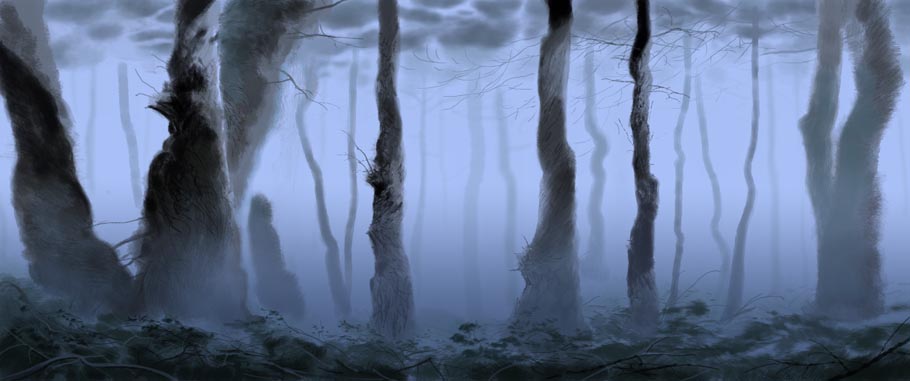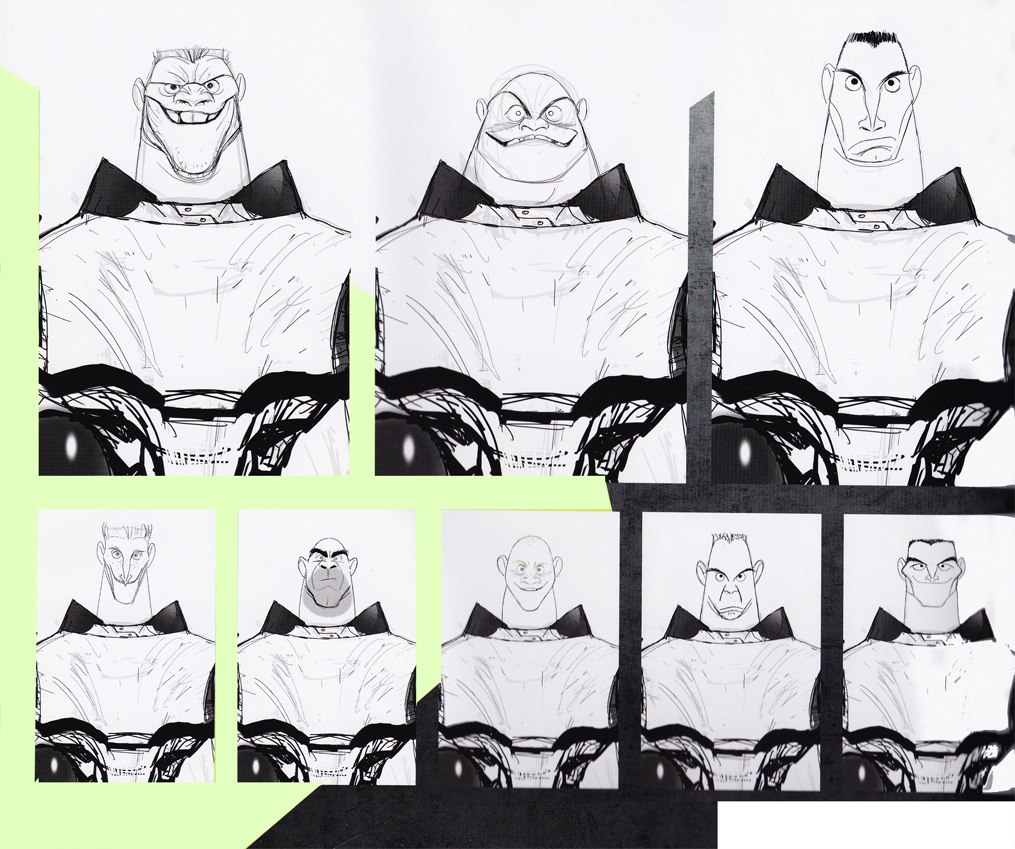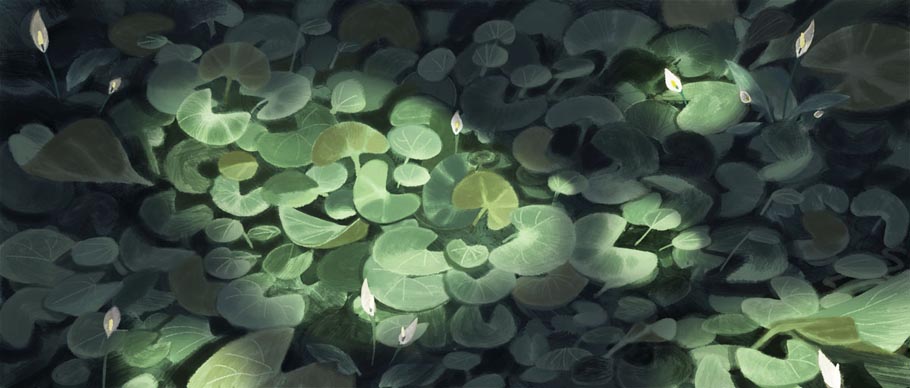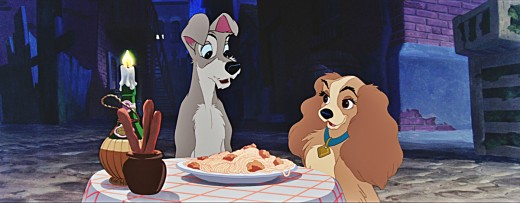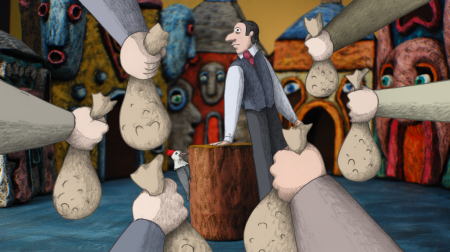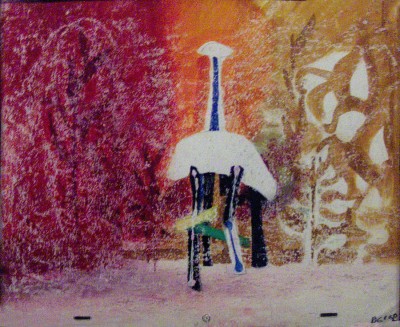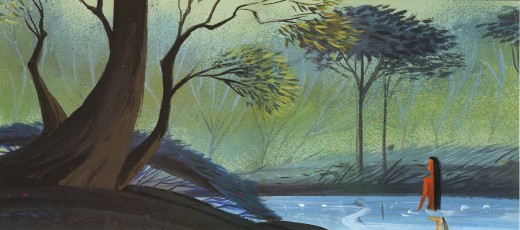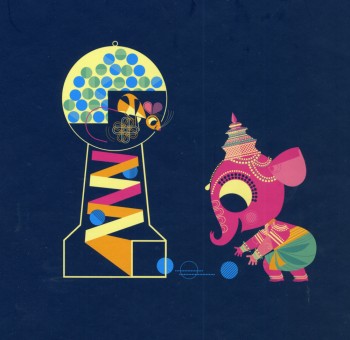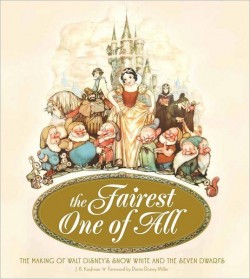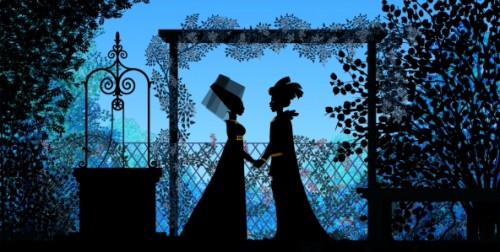Search ResultsFor "dumbo"
Animation Artifacts &Disney &repeated posts &Story & Storyboards 22 Apr 2013 05:04 am
Dumbo Storyboard Sketches – recap
I’ve spent a lot of recent posts writing about the animation of some of the earlier features. I thought I’d give a little focus on the storyboard of Dumbo. The variety and styles of the images is impressive. I’ve culled a lot of storyboard drawings from various sources and present in somewhat chronological order.
This was the first feature Bill Peet worked on. You can see his entire “Dumbo washing” sequence storyboard here.
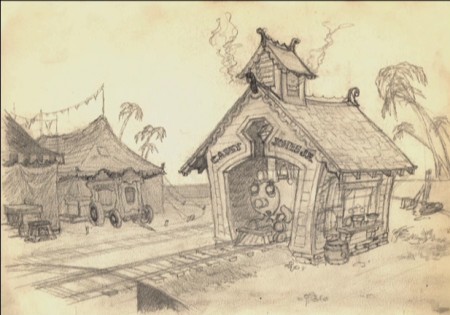 1
1
Events &Festivals &repeated posts 14 Apr 2013 05:21 am
Montreal Expo 1967 – recap
- Today I’m posting a special issue of Top Cel, the NY animation guild’s newspaper. Dated August 1967, it celebrates the Montreal Expo animation conference and exhibition held that summer. Obviously, this was the place to be that year if you were an animation lover.
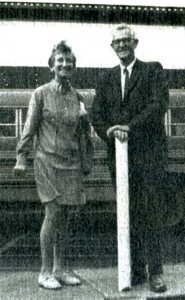 Just take a look at that list of signatures of attendees. Some of them are:
Just take a look at that list of signatures of attendees. Some of them are:
Chuck Jones, Peter Foldes, Manuel Otero, Edith Vernick, Abe Levitow, Don Bajus, Bill & Fini Littlejohn, John Halas, Ward Kimball, Ken Peterson, Shamus Culhane, Carl Bell, Pete Burness, Ub Iwerks, Gerald Baldwin, I. Klein, Gene Plotnick, Ian Popesco-Gopo, Carmen d’Avino, Bill Mathews, Len Lye, June Foray, Bill Hurtz, Spence Peel, Paul Frees, Steve Bosustow, Dave Hilberman, Stan Van der Beek, Les Goldman, Jimmy Murakami, Mike Lah, Robert Breer, Tom Roth, Art Babbitt, Feodor Khitruk, Fred Wolf, Ivan Ivanov-Vano, Paul Terry, J.R. Bray, Walter Lantz, Otto Messmer, Dave Fleischer, Ruth Kneitel, Bruno Bozzetto, Bob Clampett, Karel Zeman, Dusn Vukotic, Bretislav Pojar, Jean Image, Grim Natwick, Tissa David, Barrie Nelson, Andre Martin, Ed Smith, Dick Rauh, and John Whitney.
I guess they don’t make Festivals like they used to. There doesn’t seem to be much written about this event, and I wish some of those in attendance would write about it.
From the Wikepedia entry for Bill Tytla, there’s the John Culhane quote: On August 13, 1967, the opening night of the Montreal Expo’s World Exhibition of Animation Cinema, featured a screening of Dumbo as part of an Hommage Aux Pionniers. Tytla was invited, but worried if anyone would remember him. When the film finished, they announced the presence of “The Great Animator.” When the spotlight finally found him, the audience erupted in “a huge outpouring of love. It may have been one of the great moments of his life,” recalled John Culhane. I’m sure there were many such moments.
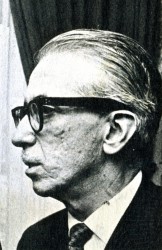 Just to make it all personal, let me tell you a story, although this has nothing to do with Montreal’s Exhibit.
Just to make it all personal, let me tell you a story, although this has nothing to do with Montreal’s Exhibit.
Pepe Ruiz was the u-nion’s business manager. In 1966 – the year prior to this expo – I was a junior in college, determined to break into the animation industry. Of course, I knew the military was coming as soon as I graduated, but I called the u-nion to have a meeting with Pepe. I wanted to see what the likelihood of a “part time job” would be in animation. This took a lot of courage on my part to see what the u-nion was about. I pretty well knew part time jobs didn’t exist. There was no such thing as interns back then.
Pepe was an odd guy who kept calling me “sweetheart” and “darling” and he told me that it was unlikely that I could get something part time in an animation studio.
However he did send me to Terrytoons to check it out.
I met with the production manager, at the time, Nick Alberti. It was obvious I was holding up Mr. Alberti’s exit for a game of golf, but he was kind and said that part time work wasn’t something they did. (He moved on to Technicolor film lab as an expediter after Terry‘s closed. I had contact with him frequently for years later, though I never brought up our meeting and doubt he would have remembered it.) Ultimately, I was pleased to have been inside Terrytoons‘ studio before it shut down shortly thereafter. A little adventure that let me feel as though I was getting closer to the world of animation.
The photos of the Expo are worth a good look. I’ve singled out those above to place around my text. The picture of Tissa and Grim is a nice one of the two of them together.
Ed Smith was the Top Cel editor at the time, and he put together a creative publication.
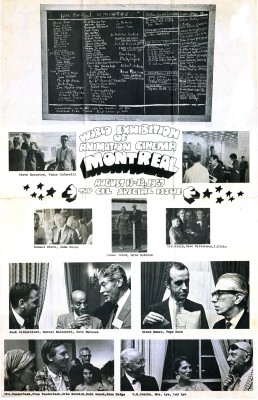 1
1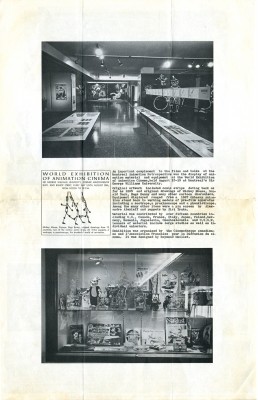 2
2
(Click on any image to enlarge.)
Action Analysis &Animation &Animation Artifacts &Commentary &Disney &Peet &Tytla 08 Apr 2013 05:05 am
Stanislavsky, Boleslavsky and Tytla’s Smears & Distortions – 4
Boleslavski was a great admirer of Stanislavsky and his acting techniques. When he, Boleslavsky, came to the United States, he taught the Stanislavsky technique to his students. These included Lee Strasberg, Stella Adler and Harold Clurman; all were among the founding members of the Group Theater (1931–1940). The Group Theater was the first American acting ensemble to utilize Stanislavski’s techniques, and its members all went off to espouse their own versions of the “method.” American acting had taken some real turns into the creation and development of a true system for getting the best performance out of the actor.
In animation, there was animation technique and styles. These rarely had anything to do with acting. However, there were a number of animators at the Disney studio who wanted to put the focus on their acting and actually studied Stanislavsky and Boleslavsky so that their characters would give a great performance. Tytla was certainly a leader among the animators to do this.

Whereas in Pinocchio, while working with such a flamboyant and
eccentric character, Tytla stretched and distorted Stromboli to
get the necessary and sudden emotional mood shifts desired.

With Dumbo, Tytla modeled the character after his own son,
and he animated this scene wholly on the two characters
given to him on the strong storyboard by Bill Peet.

He didn’t use distortion, because it wasn’t the character he was animating.
Dumbo was gentle, all truth. The honest performance meant keeping everything
above board and on the table. That is undoubtedly the performance Tytla drew.

In my opinion, it has to be one of the greatest animation performances
ever drawn for a film. It’s quite extraordinary and cannot be undercut
in any possible way.
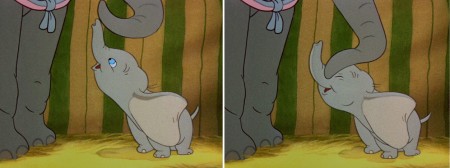
(Click any image to enlarge.)
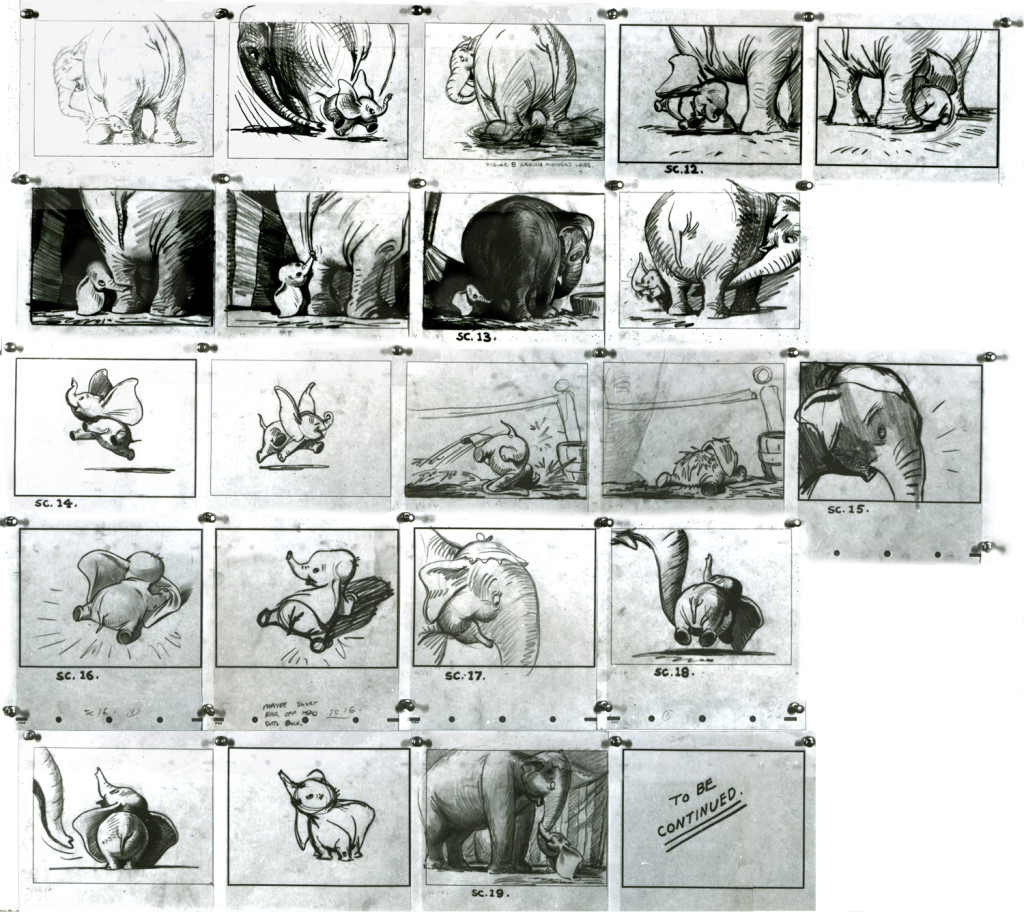
You can see that Bill Peet’s storyboard was certainly an inspiration,
at the least, for Tytla to follow, if not to equal.
Let’s move to another film. Fantasia.
Vladimir Tytla worked on the devil in Mussorgsky’s – Night On Bald Mountain.
Here are some drawings for the scene. They’re part Tytla and part clean up by his assistant.
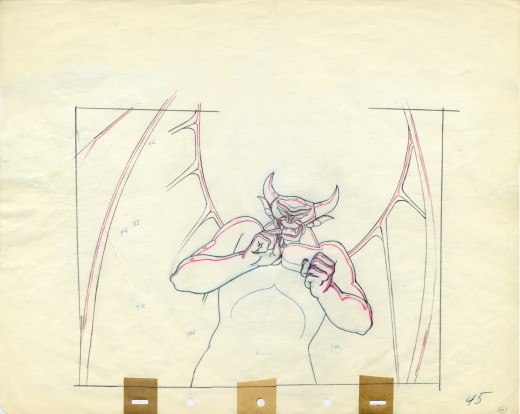
A good example of a Tytla drawing.
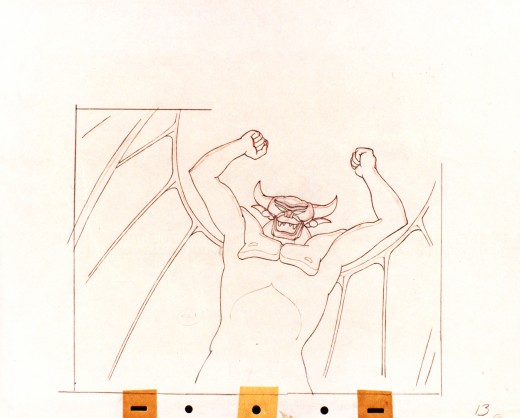
They’re pretty damned impressive drawings. If there is any distortion,
it comes from making a body builder’s shape stronger. There’s no violent
flexing of those muscles, just the natural thing on display in the middle
of a dance sequence. Strong and forcefully beautiful drawings. The
distortion is done by the other spooks floating out of their graves on
the way up to their leader.
The devil’s motion throughout this piece is very slow, tightly drawn images of the devil lyrically moving through the musical phases. It’s pure dance. Any distortion is done via the tight editing that Tytla has constructed. Very close images of the hands with the flame shaped dancers moving about in tight close up as Chernobog’s large face with searing eyes closely watching the fallen creatures dancing in his hands. It’s distortion enough.
Tytla has constructed the most romantic sequence imaginable, and the emotion of the dance acts as the climax for all of Fantasia, and it succeeds in spades. All hoisted by the animation, itself. No loud crushing peak, just a dance done in a tightly choreographed number completely controlled by Tytla. It’s the ultimate tour de force of animation, and we’ll never see the likes of it again.
So essentially I’m pointing out that Tytla used distortion in the animation drawings to execute his acting theories, but as he grows, he not only uses his animation (and animation drawings) to “Act”, he uses his abilities as an Animation Director. The cutting and the movement of the scenes is used for the Acting, as well.
Action Analysis &Animation &Commentary &Tytla 01 Apr 2013 04:55 am
Stanislavsky Boleslavsky and Tytla’s Smears & Distortions – 4
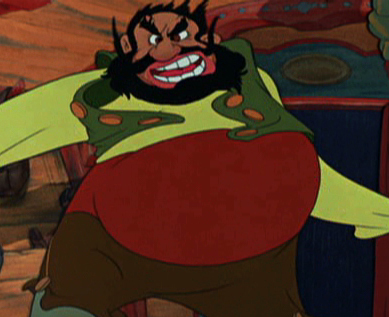 I would guess an actor, one who was truly devoted to their craft, would try to assume the full personality of the character he or she is playing. For an actor who felt devoted to the craft, they’d veer toward some specific acting school. Stanislavski or Boleslavsky, Actor’s Studio, Meisner, Chekhov or whatever combination thereof, the actor would use these schools of approach trying to fully possess the soul of the character.
I would guess an actor, one who was truly devoted to their craft, would try to assume the full personality of the character he or she is playing. For an actor who felt devoted to the craft, they’d veer toward some specific acting school. Stanislavski or Boleslavsky, Actor’s Studio, Meisner, Chekhov or whatever combination thereof, the actor would use these schools of approach trying to fully possess the soul of the character.
Marlon Brando, Julie Harris, Paul Newman, John Garfield, Clifford Odets, Montgomery Clift and Marilyn Monroe all these acting greats had their techniques, and all those methods did start with Stanislavsky.
The question for us is how did this affect animation’s actors – the animators? Or did it? I’ve only seen this discussed in depth in one book, Mike Barrier‘s Hollywood Cartoons. Barrier shows a real understanding of Stanislavsky and Boleslavsky when he discusses the overt course of action taken by one animator, in particular, Bill Tytla.
We know that there were plenty of others that were excited by the newly discovered techniques, though we don’t know how wide spread this influence was. My first realization that it was a strong influence came from a joke John Hubley shared with me. He said that the animators broke into two groups, those that were interested in Stanislavsky and those that couldn’t spell it. Hubley was friends with Tytla. Tytla had been the close roommate to Art Babbitt, and Babbitt was close with Hubley, right to the near end.
But Tytla. Let’s look into what he was doing with his animation. I’m going to make a lot of suppositions to tell you what I think he believed . . . the reasoning and the way he worked.
Now, let me show you something.
Here are some drawings and a QT movie of the seven dwarfs. Six of them are carrying Grumpy to the wash basin to clean him despite his violent protests.
Note the distortion on many of the drawings. #239 & 241 for example. #254 & 256 as well.
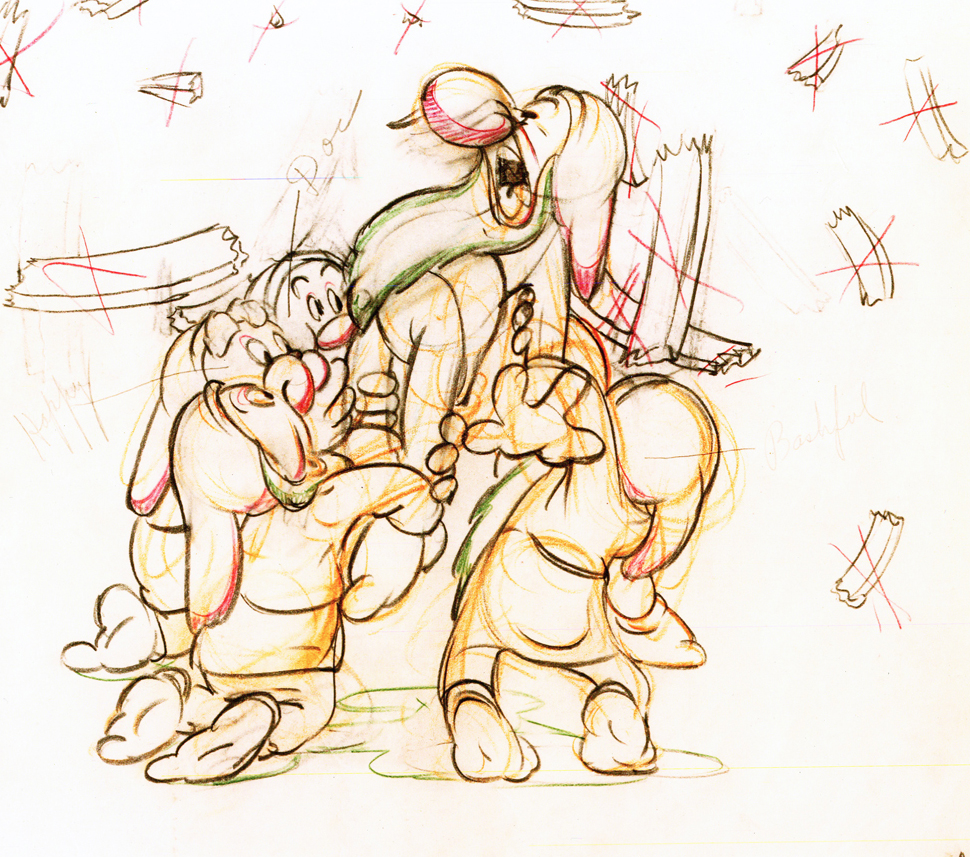 222
222
Here’s the QT movie of the full scene:
The P.T. is exposed on ones at 24FPS.
Note the buttons on the bottom far right will allow you to
advance (and reverse) the action one frame at a time. You
should go through this to see the distortion on the inbetweens
and how it works when the animation is in full motion.
There’s a great deal of distortion and smearing in Tytla’s work. I think he uses it to heighten the acting moments that his characters are performing. This particular scene is more action than acting, so other than to show off his distorting the characters, it isn’t a great example of acting, per se. Bt that drawing #239 is a good example of what he’ll do, even to the face of the principal character in the scene, to get his animation to work.
It’s almost as if he’d studied live action frame by frame and represents all those motion blurs in live action by smearing the face. The dwarfs are probably the first time complicated acting is successfully achieved. They’d done it before with many of the characters in the Silly Symphonies, but these are characters who sustain strong personalities over a long period of film. They also go through strong emotional changes which underline and works off their personalities.
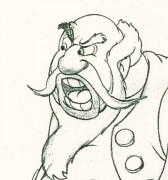
Tytla had a very different character in Stromboli for Pinocchio. He was a theatrical type, very changeable personality with emotions going all over the place – from high to low in the bat of an eye.
Tytla brought beautiful distortion to many of the drawings he did, using it as a way to hammer home some of the emotions in the elasticity he was creating. Yet, the casual observer watching this sequence in motion doesn’t ever notice that distortion yet can feel it in the strength of the motion.
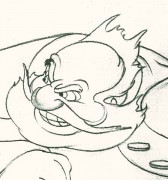
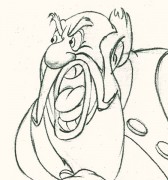
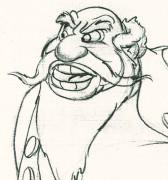
Four drawings (#1, 11, 22, & 48) that shift so enormously but call no attention to itself.
Brilliant draftsmanship and use of the forms.
After I first posted some of these drawings and spoke a bit about the distortion Tytla would use to his advantage – for emotional gestures – I received some comments. I’d written that . . . “It’s part of the “animating forces instead of forms†method that Tytla used. This is found in Stromboli’s face.
This note arrived from Borge Ring after my first post Bill Tytla’s scene featuring Stromboli’s mood swing:
- The Arch devotees of Milt Kahl have tearfull misgivings about Wladimir Tytla’s magnificent language of distortions. ‘”Yes, he IS good. But he has made SO many ugly drawings”
Musicologists will know that Beethoven abhorred the music of Johan Sebastian Bach.
yukyuk
Børge
Note in one of these arms (right) Tytla uses Stromboli’s blouse to make it look like there’s distortion. It barely registers but gives strength to the arm move before it as his blouse follows through in extreme.
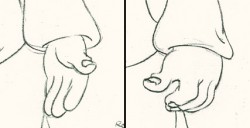 There’s also some beautiful and simple drawing throughout this piece. Stromboli is, basically, a cartoon character that caricatures reality beautifully. A predecessor to Cruella de Vil. In drawings 76 to 80 there’s a simple turn of the hand that is nicely done by some assistant. A little thing among so much bravura animation.
There’s also some beautiful and simple drawing throughout this piece. Stromboli is, basically, a cartoon character that caricatures reality beautifully. A predecessor to Cruella de Vil. In drawings 76 to 80 there’s a simple turn of the hand that is nicely done by some assistant. A little thing among so much bravura animation.
Many people don’t like the exaggerated motion of Stromboli. However, I think it’s perfectly right for the character. He’s Italian – prone to big movements. He’s a performer who, like many actors in real life, goes for the big gesture. In short his character is all there – garlic breath and all.
Here’s a short part of another scene. I’ve enlarged the images a little so that the thumbnails are more revealing. Just look at the distortion on the heads and how he stretches the arm to give it a violent emphasis.
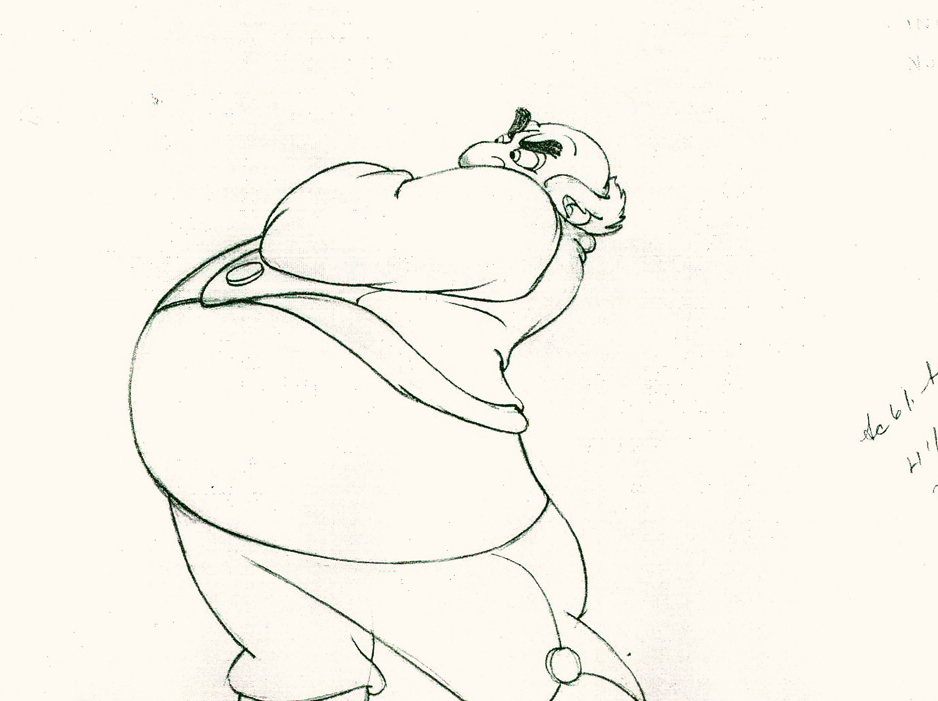 1
1Tytla starts with arm and head all the way back to
the character’s right. It’d be hard for Stromboli to
reach any further back without real distortion.
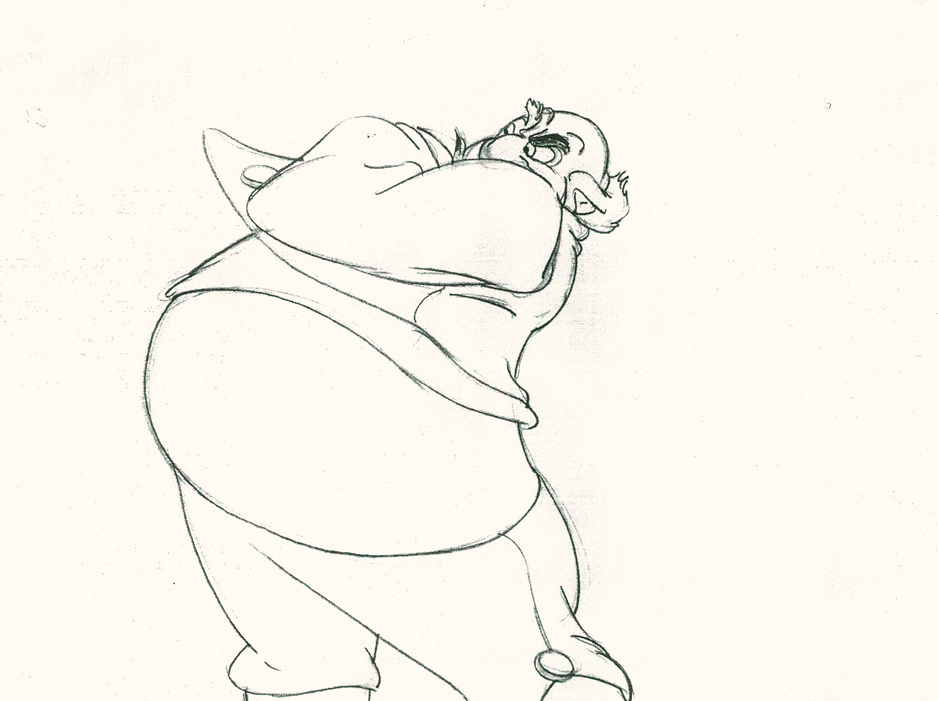 5
5
He then slowly advances the head inbetweening slowly.
The arm hasn’t moved very much – maybe what they
call today a “moving hold.”
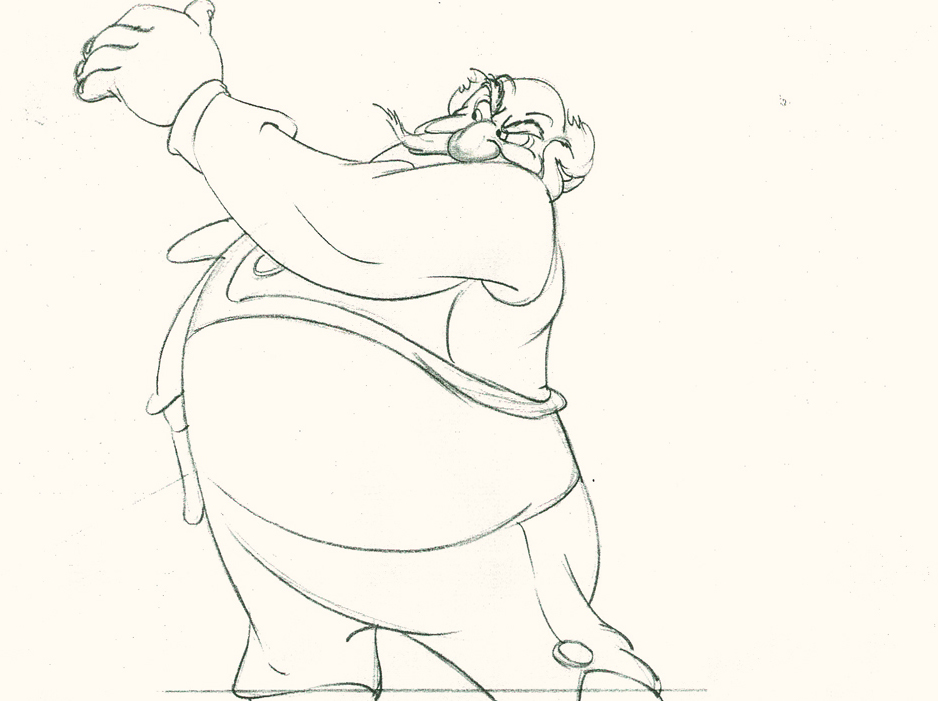 11
11
Now the arm comes out swiping violently.
The head’s almost complete in its turn to the left.
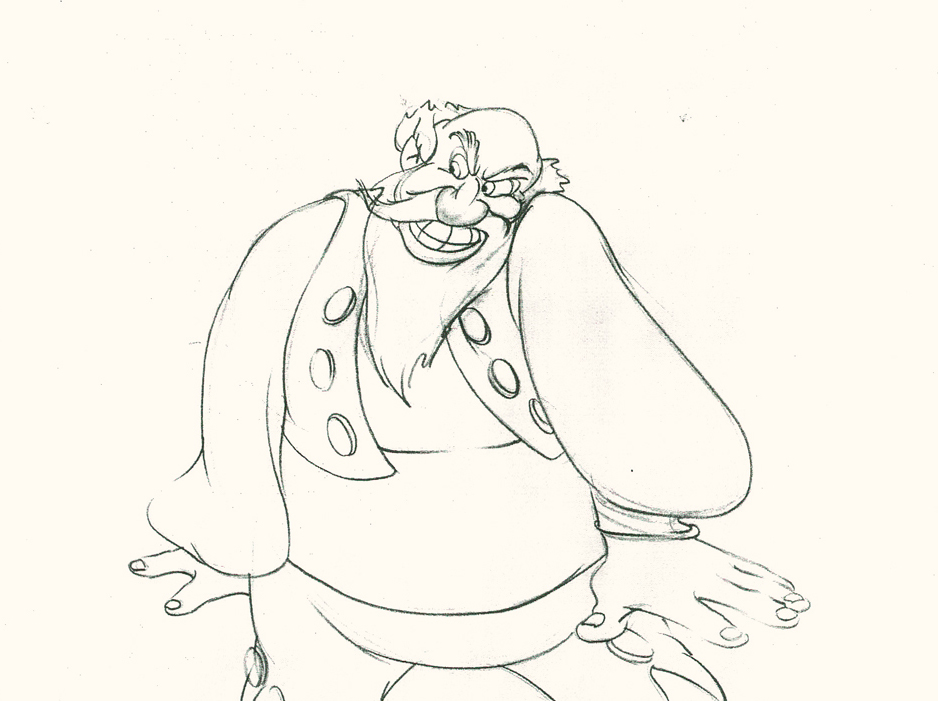 13
13
The arm rips across in three drawings.
The head has gone too far.
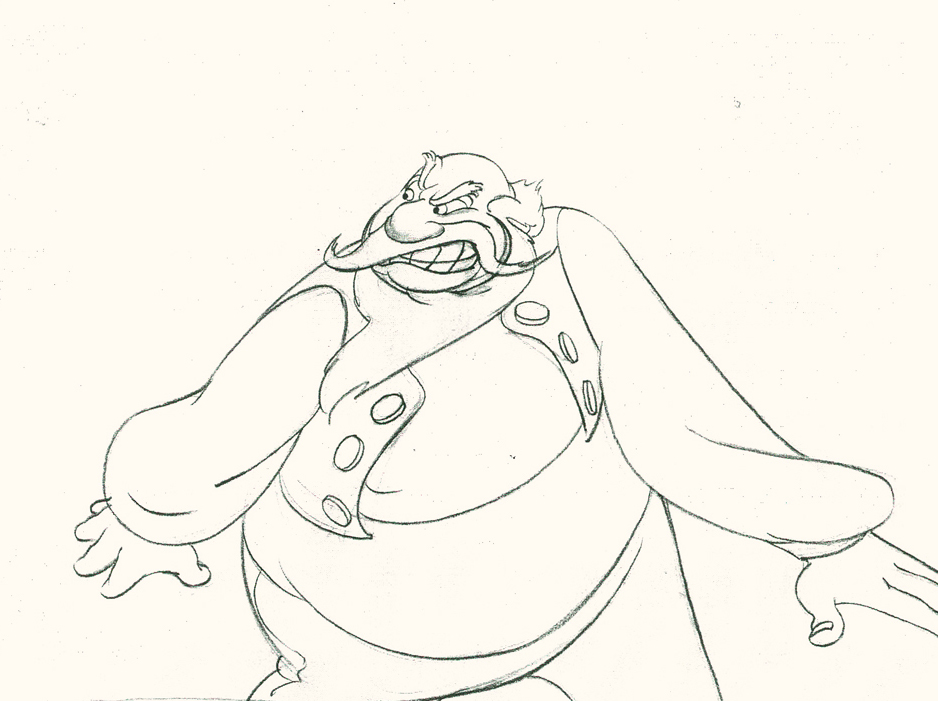 14
14
The head goes back to where it should – almost no inbetweens
for Stromboli to get ready for speech. He’s taken 14 drawings
to display his anger.
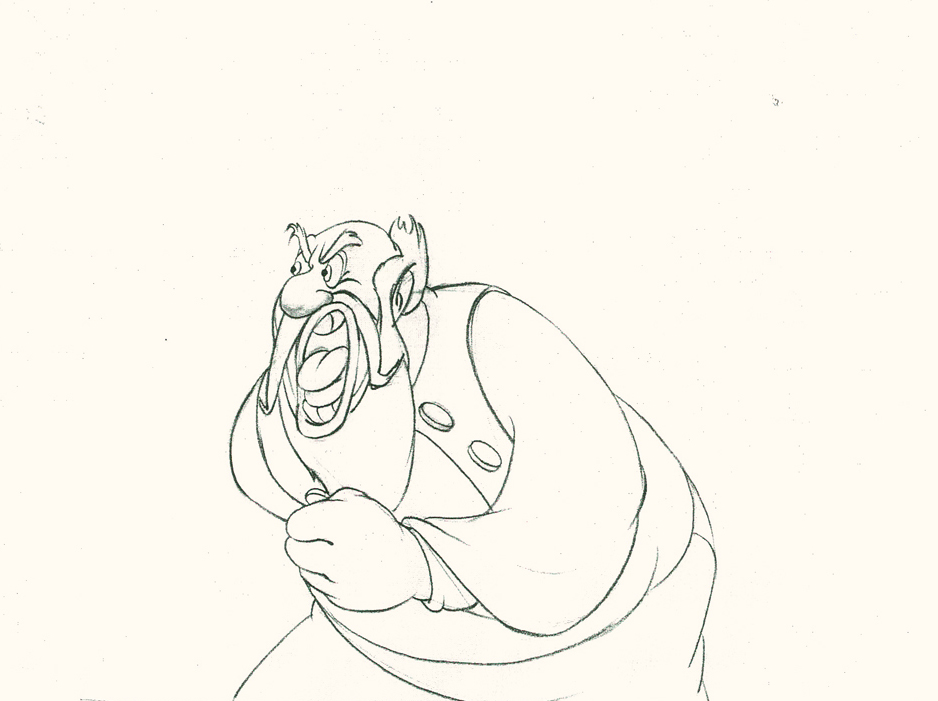 20
20
The arm comes back into a near fist; the expression is violent.
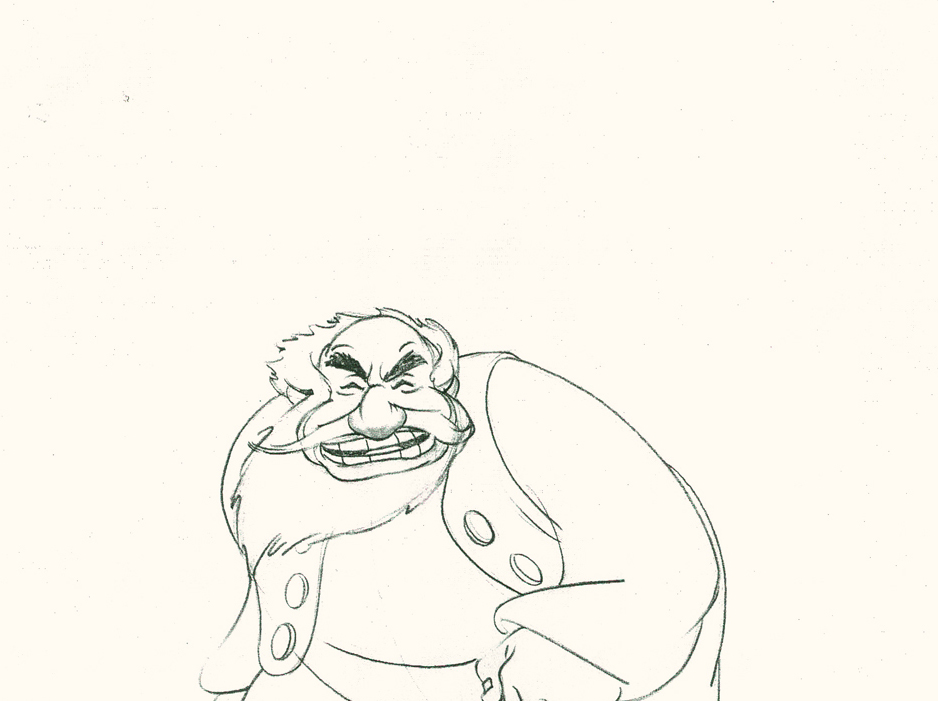 22
22
The head starts shaking in a “no” gesture.
Violent.
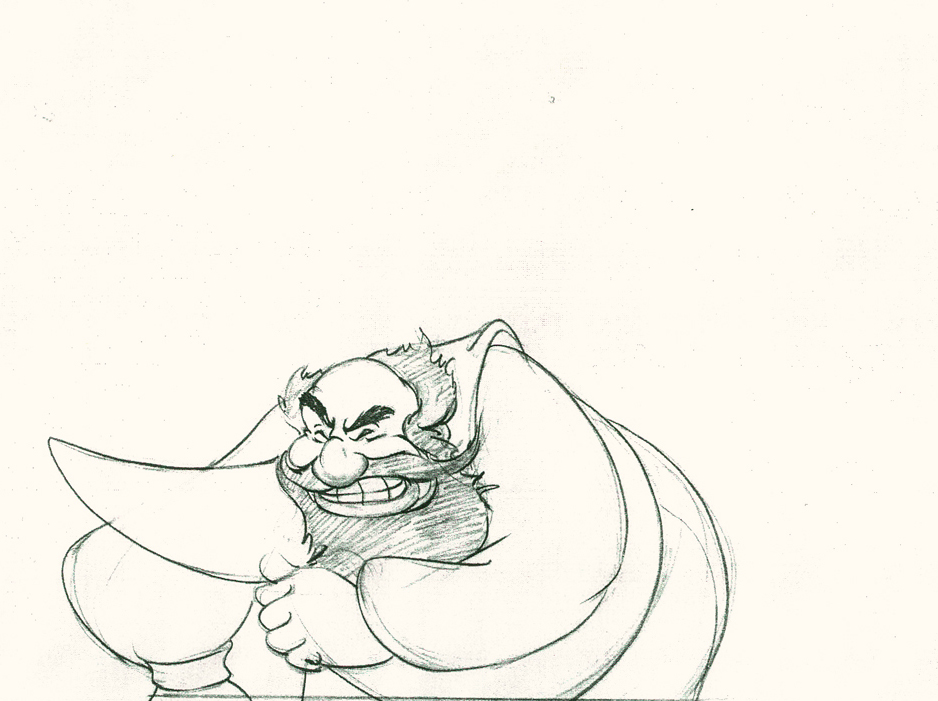 25
25
The head and arm are all the way back.
The vest has been set up to make a violent move.
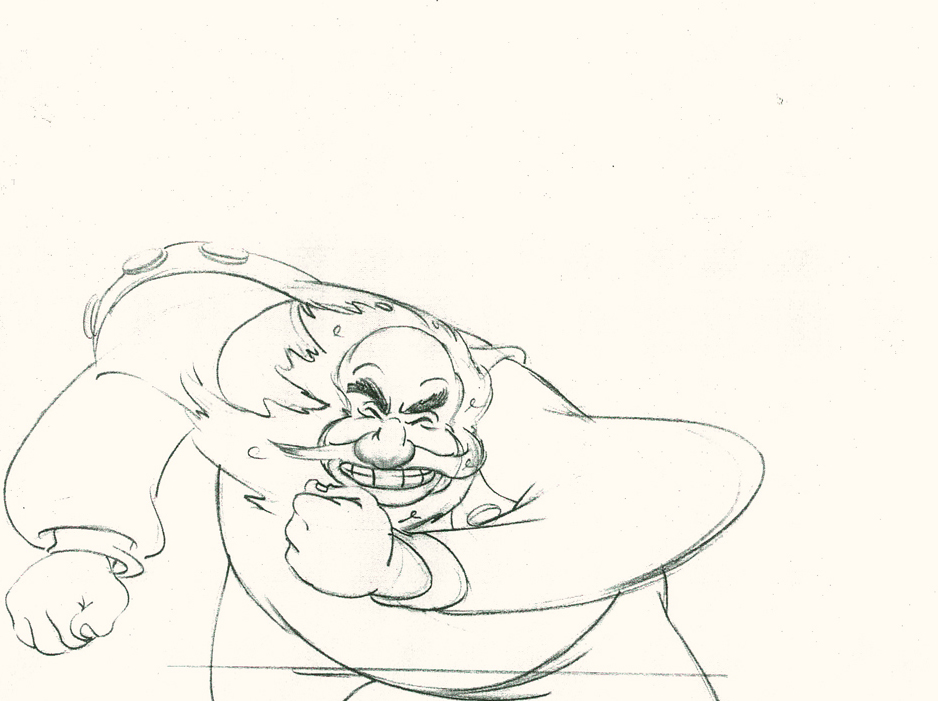 28
28
Now the arm and fist swipe across in violence.
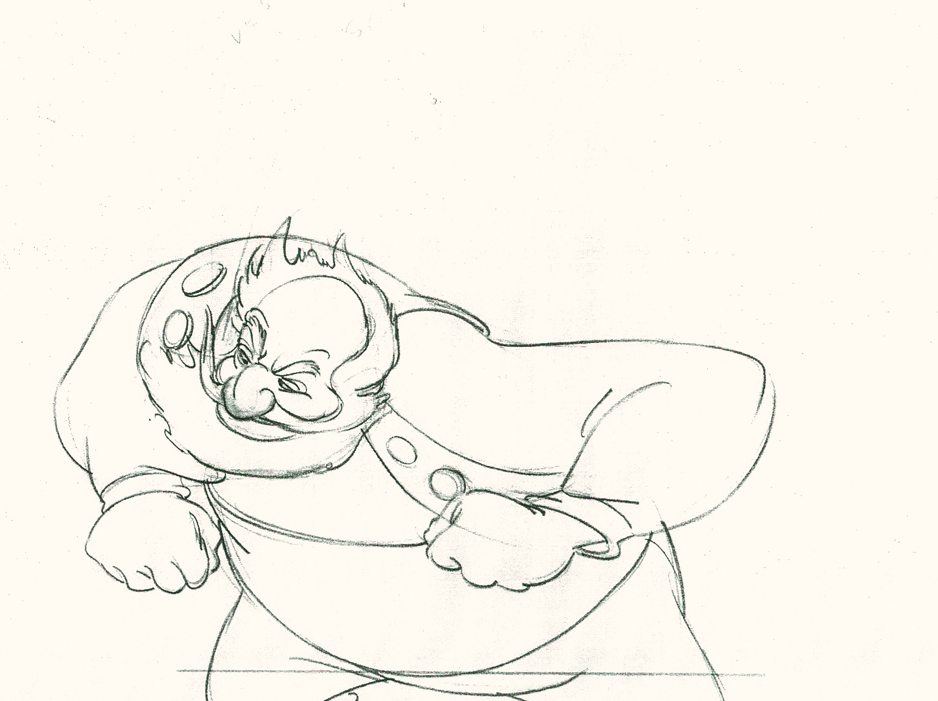 30
30
He’s completely pulled his angry head in to his neck.
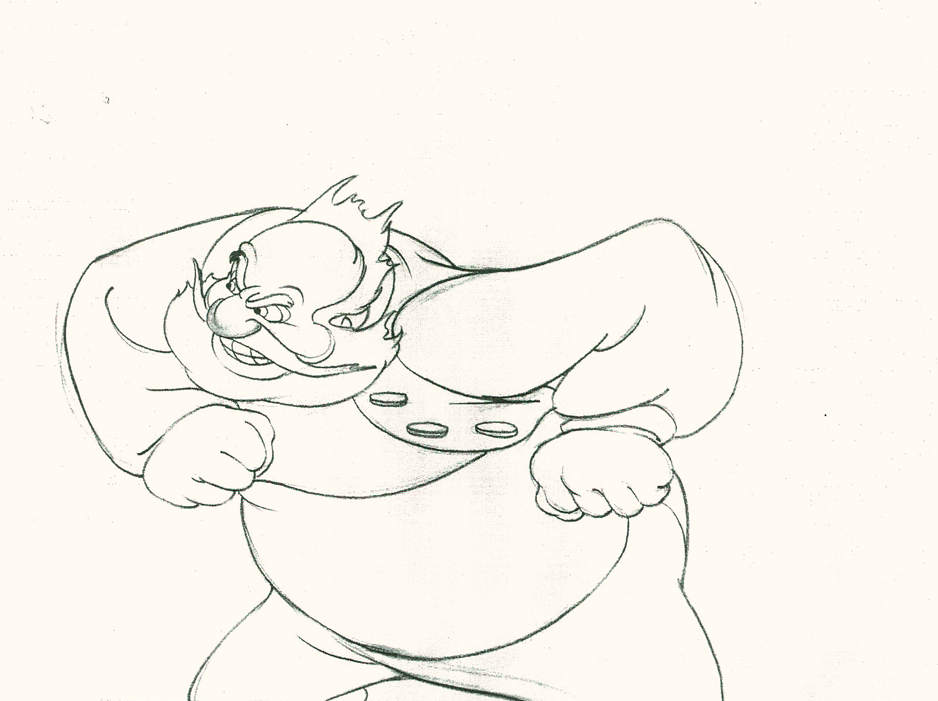 32
32
Both arms, moving violently, are suddenly restrained.
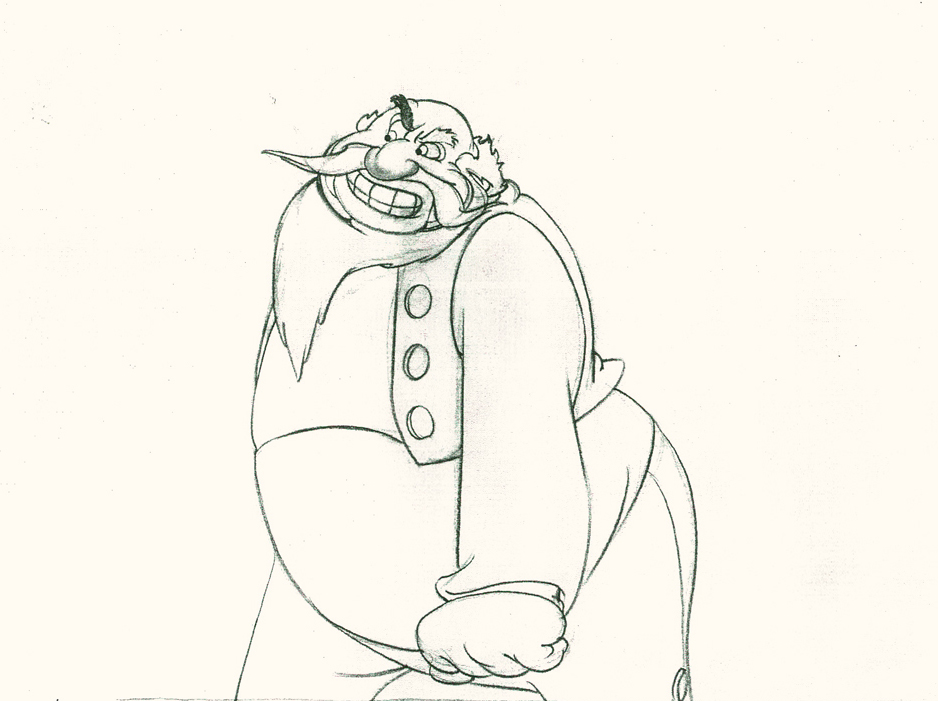 34
34
He hits a full stop with his arm.
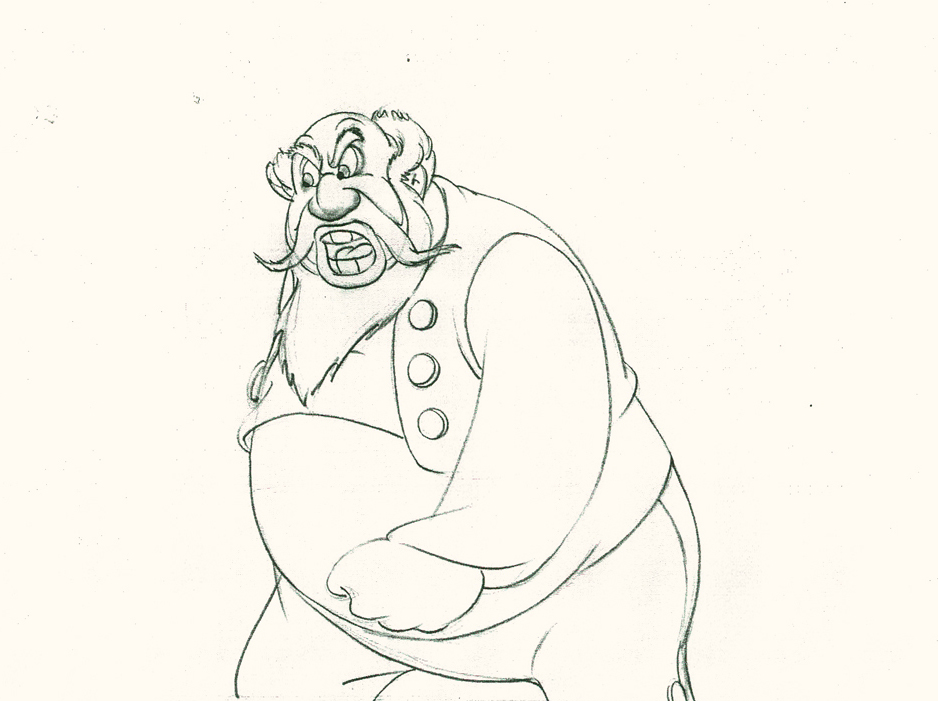 37
37
He’s made the realization that he has to change his expression
so that he doesn’t lose the frightened kid – completely.
Here’s the final QT of the entire scene.This part comes at the very beginning:
Stromboli
Click left side of the black bar to play.
Right side to watch single frame.
David Nethery had taken my drawings posted and synched them up to the sound track here.
It’s not clichéd, and it’s well felt and thought out. Think of the Devil in “Night on Bald Mountain” that would follow, then the simply wonderful and understated Dumbo who would follow that. Tytla was a versatile master.
We’ll continue next time with Dumbo Fantasia and other Tytla gems.
Commentary 16 Mar 2013 04:22 am
Bunch of Things
 About a year ago I went onto Twitter. I registered and sent out a couple of of Tweets. Nothing earth shattering; I was just in exploratory mode. Then, in the past year or so I’ve sent out a few more notes via Twitter and, actually, I saw little change in my life. I wasn’t even sure who these Tweets went out to nevermind whether they actually went out.
About a year ago I went onto Twitter. I registered and sent out a couple of of Tweets. Nothing earth shattering; I was just in exploratory mode. Then, in the past year or so I’ve sent out a few more notes via Twitter and, actually, I saw little change in my life. I wasn’t even sure who these Tweets went out to nevermind whether they actually went out.
Then for some reason, this week I was there tweeting away and thinking I may have suddenly got the idea. I’m trying. Now I’m posting comments pretty regularly trying hard not to promote my wares. I’m also looking for other people to follow. For some reason I get a million tweets from John Cusack. His stuff is all over the place; he probably has a dozen people writing for him. I’m more interested in real people and real conversations that last a full 140 characters.
This Internet, she is a crazy thing. I’m just trying to harness the material coming out of my computer. I’m at:
- @MichaelSporn, naturally enough.
Danny Boyle Speaks
On April 4th, the MPAcademy in NYC will host a chat with film director, Danny Boyle, at the Lighthouse Theater, 111 East 59th Street, off Park Avenue. Boyle’s latest film, Shallow Grave will be screened, and it will be followed by the conversation with the director.
Tickets will go on sale at 2pm on March 19th, will sell to the public so will go quickly. The price is $3.00 for Academy members and students and $5.00 for general public. Reserve your tickets now.
Poppy Hill
The NYTimes interviews Goro Miyazaki in advance of the debut of his feature, From Up On Poppy Hill done in collaboration with his father, Hayao Miyazaki.
The film premieres at the IFC Center in New York as part of this weekend’s Children’s International Film Festival. (Go to the IFC link for the scheduled times.)
A.O.Scott reviewed the film for the NYTimes on Friday. “. . . a lovely example of the strong realist tendency in Japanese animation. Its visual magic lies in painterly compositions of foliage, clouds, architecture and water, and its emotional impact comes from the way everyday life is washed in the colors of memory.”
Go here for another story about the film in the NYTimes.
Adam & Dog Bgs
Cartoon Brew directed us to a link that offered a gallery of Bg paintings by Minkyu Lee from his Oscar nominated short, Adam & Dog.
Minkyu, you’ve gotta say that “his Oscar nominated short” sounds pretty great,doesn’t it? It’ll be there for the rest of your life.
Lee worked nights on this short while working days on Winnie the Pooh and Wreck-It Ralph. I don’t remember ANY art in Wreck-It Ralph that was at all comparable.
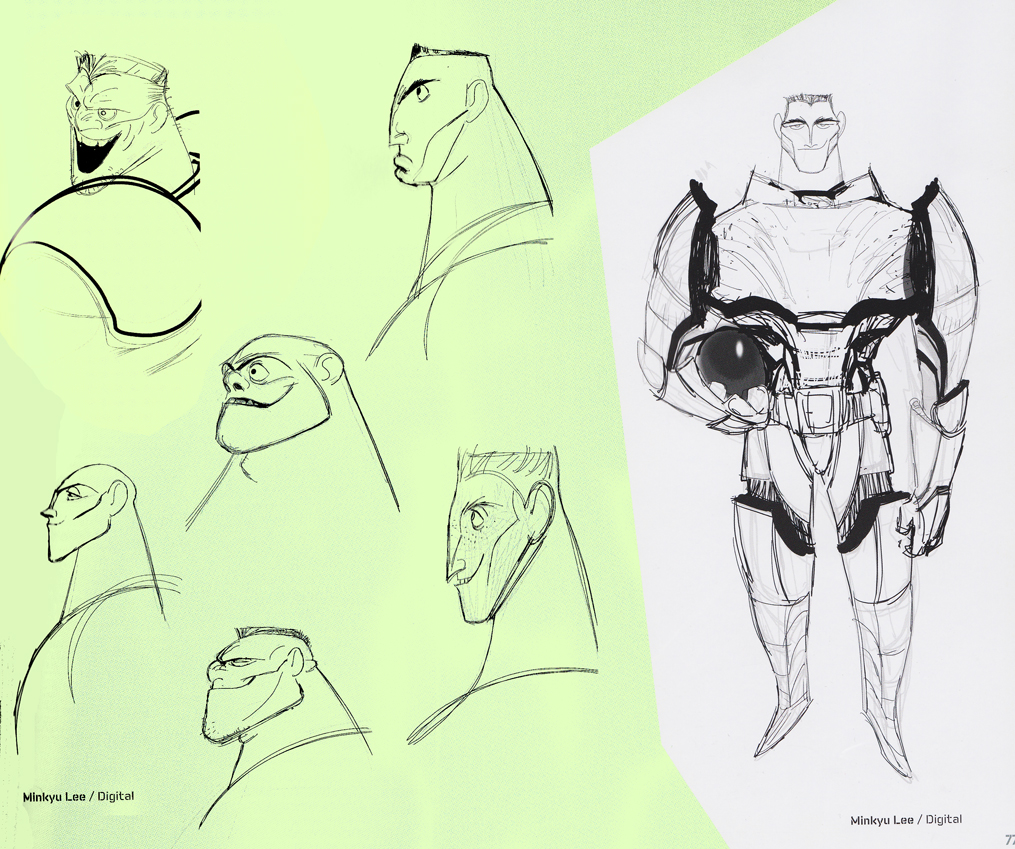
The day job.
Dale Robertson
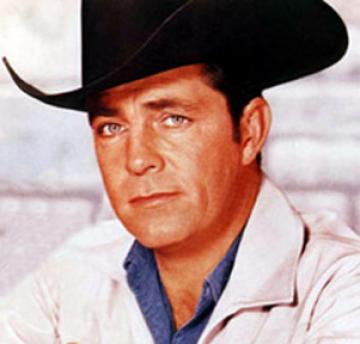 Dale Robertson died Feb 27th. He was a young TV cowboy star of the late fifties. He was starred in TV’s Tales of Wells Fargo and Death Valley Days. One film not on his obituary is the one animated film that he did a VO for and acted as the “presenter”. The Man From Button Willow was produced by Phyllis Bounds Detiege and directed by David Detiege. (Phyllis Bounds Detiege was a painter on Dumbo who eventually married Milt Kahl from 1968-78. She was also the niece of Walt Disney’s wife, Lillian. Apparently she was married to David Detiege during the making of this film.)
Dale Robertson died Feb 27th. He was a young TV cowboy star of the late fifties. He was starred in TV’s Tales of Wells Fargo and Death Valley Days. One film not on his obituary is the one animated film that he did a VO for and acted as the “presenter”. The Man From Button Willow was produced by Phyllis Bounds Detiege and directed by David Detiege. (Phyllis Bounds Detiege was a painter on Dumbo who eventually married Milt Kahl from 1968-78. She was also the niece of Walt Disney’s wife, Lillian. Apparently she was married to David Detiege during the making of this film.)
It includes some great animation voices like Disney regular, Verna Felton, Edgar Buchanan, Pinto Colvig (Goofy), Clarence Nash (Donald Duck), and Cliff Edwards (Jiminy Cricket).
In honor of Mr. Robertson, I post the entire film here.
FollowUp – Kickstarter Successesss
Something I hate about watching the TV news is that you rarely find out how stories end. A guy gets hit by a car, a dozen people saw the accident as the car took off, if you have any information to add, call this number. Yeah, and you never hear about it again. Or maybe there’s one of those little boxed stories on page 42 of your local newspaper. But the rascal headline has come and gone, and you don’t get the climax to the whole story.
So Kickstarter campaigns have completion dates. We know that Bill Plympton made his money on Kickstarter and can finis his film – Yeah!
We know that Signe Baumane made the money she needed on Kickstarter and can finish her film – loud YAYYY!
I had to return to find out what happened to Ralph Bakshi. He had that campaign trying to raise $165000 for his Last Days of Coney Island campaign. You know what! He did it; Ralph raised $174,195 – YAYAYAAAAA! Oh happy days, now maybe we’ll see some new Ralph Bakshi shorts. I’m going to be looking for them. It really excites me.
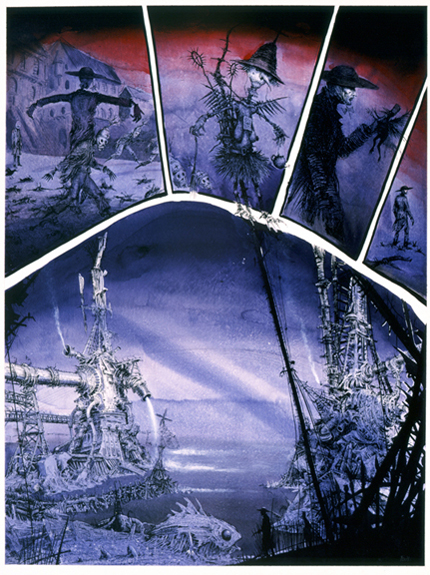
The best part is that Ian Miller will be doing
design and artwork for Ralph’s shorts. Boy, will
I be looking for his short films.
Last, but surely not least, is John Kricfalusi. He raised $136723 on Kickstarter with his bid to raise $110000. HOOOOOray! One more time . . . HoooooRAY! More cartoons to be looking for. I love some of the experiments John K. was doing with animation, and I hope he takes those experiments and expands on it. This can only help 2D animation.
Don’t you ust love it.
Classical Animators Left
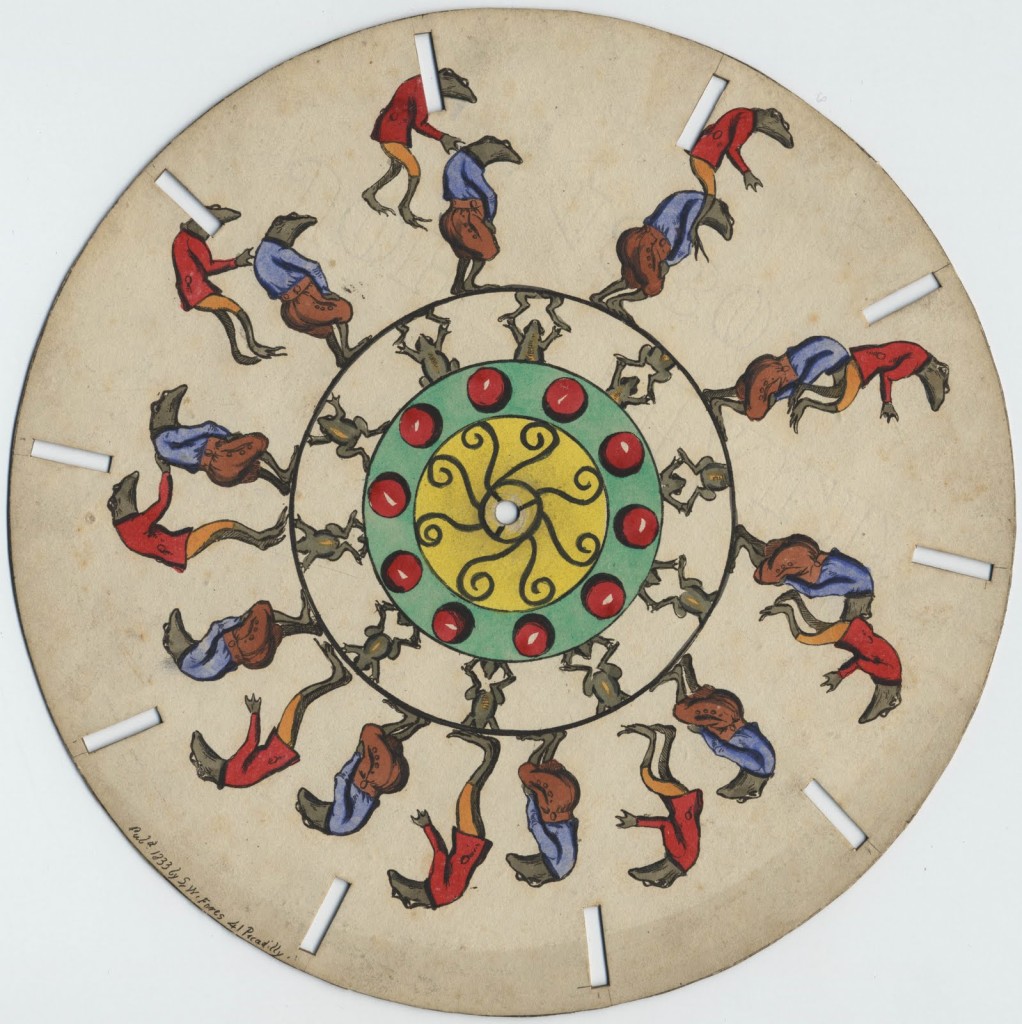 Today, I met an old friend who was visiting New York form LA. We exchanged a lt of stories and comments, of course, about what’s going on. He asked an odd question. Who’s left in New York that does “classical animation?” I could only think of Ed Smith in his 90′s. Maybe Doug Compton. There are a couple of older animators, but they’re, for the most part, not working.
Today, I met an old friend who was visiting New York form LA. We exchanged a lt of stories and comments, of course, about what’s going on. He asked an odd question. Who’s left in New York that does “classical animation?” I could only think of Ed Smith in his 90′s. Maybe Doug Compton. There are a couple of older animators, but they’re, for the most part, not working.
That’s about it of the people I know. I could’ve said, me, but that seems a bit desperate to me. The fact of the matter is that there isn’t much call or use for 2D classical animation in New York. There’s the ToonBoom/Flash kind of work, but that is surely not what anyone would consider full, classical animation. As a matter of fact, my friend, realizing the answer was one out of desperation, said that HE did classical animation. I had to point out that he was no longer a New Yorker and that there were undoubtedly plenty of people in LA that did the rich, old-style of animation. This is the style that even Disney rejects. If there is any of it anymore, it can’t be long-lived.
Animation is going through a rough spot. There are probably more puppet animators these days than 2D classical animators. At least that’s the way it seems. There were three puppet films among the 5 nominees for feature animation; there were no 2D films nominated. It’s sad, but isn’t the handwriting on the wall?
Articles on Animation &Books &Commentary 18 Feb 2013 04:59 am
Appreciation
The deeper you go, the deeper you go.
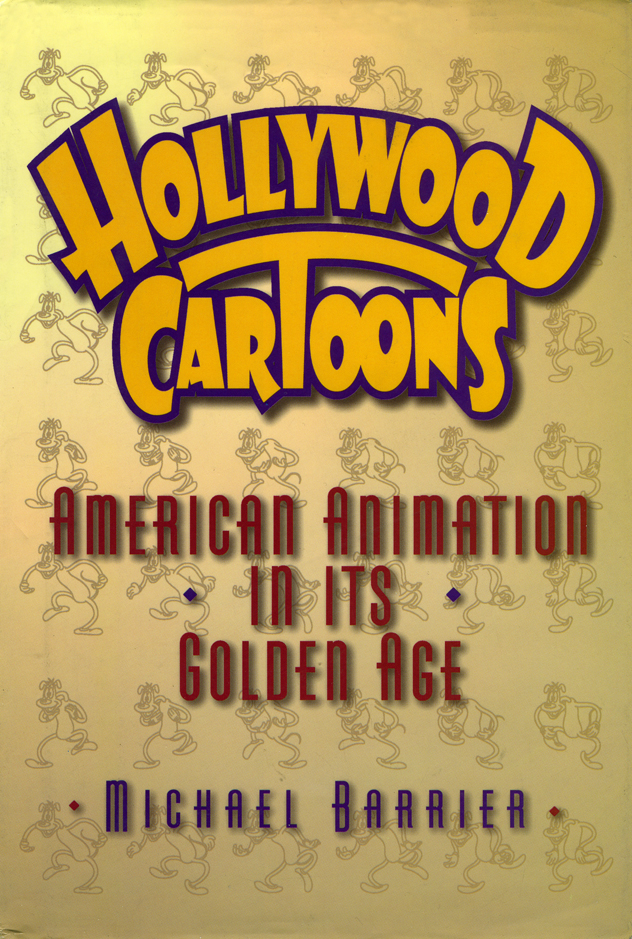 In reviewing the two J.B. Kaufman books on Snow White and the Seven Dwarfs, I found them impeccable in their attempt to reconstruct the making of this incredibly important movie. They followed a strict pattern of analyzing the film in a linear fashion going from scene one to the end.
In reviewing the two J.B. Kaufman books on Snow White and the Seven Dwarfs, I found them impeccable in their attempt to reconstruct the making of this incredibly important movie. They followed a strict pattern of analyzing the film in a linear fashion going from scene one to the end.
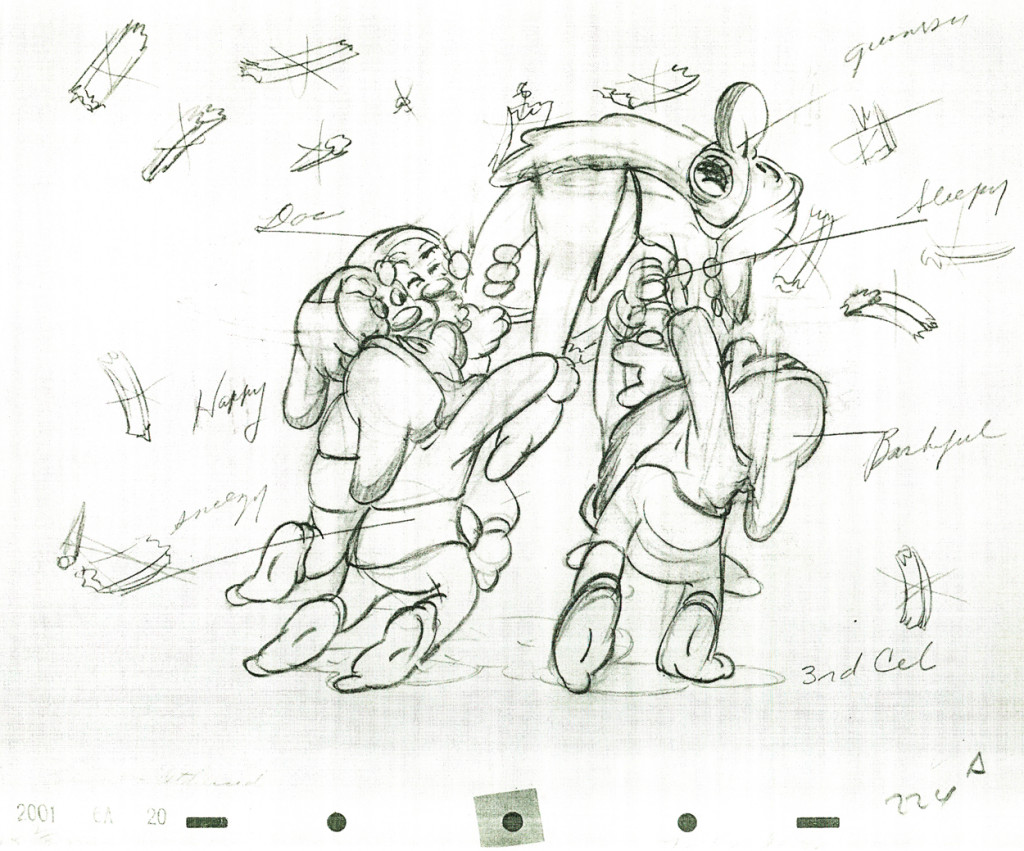 However, the analysis Kaufman offered brought me back to the bible, Mike Barrier‘s Hollywood Cartoons. Rereading his chapter on Snow White, you realize how much depth he offers in a far shorter amount of space. Of course, there are few illustrations in Barrier’s book, but what writing is there is golden. He meticulously analyzes the work of different animators using a very strict code of principles. If you can agree with him, the book he’s written opens up enormously.
However, the analysis Kaufman offered brought me back to the bible, Mike Barrier‘s Hollywood Cartoons. Rereading his chapter on Snow White, you realize how much depth he offers in a far shorter amount of space. Of course, there are few illustrations in Barrier’s book, but what writing is there is golden. He meticulously analyzes the work of different animators using a very strict code of principles. If you can agree with him, the book he’s written opens up enormously.
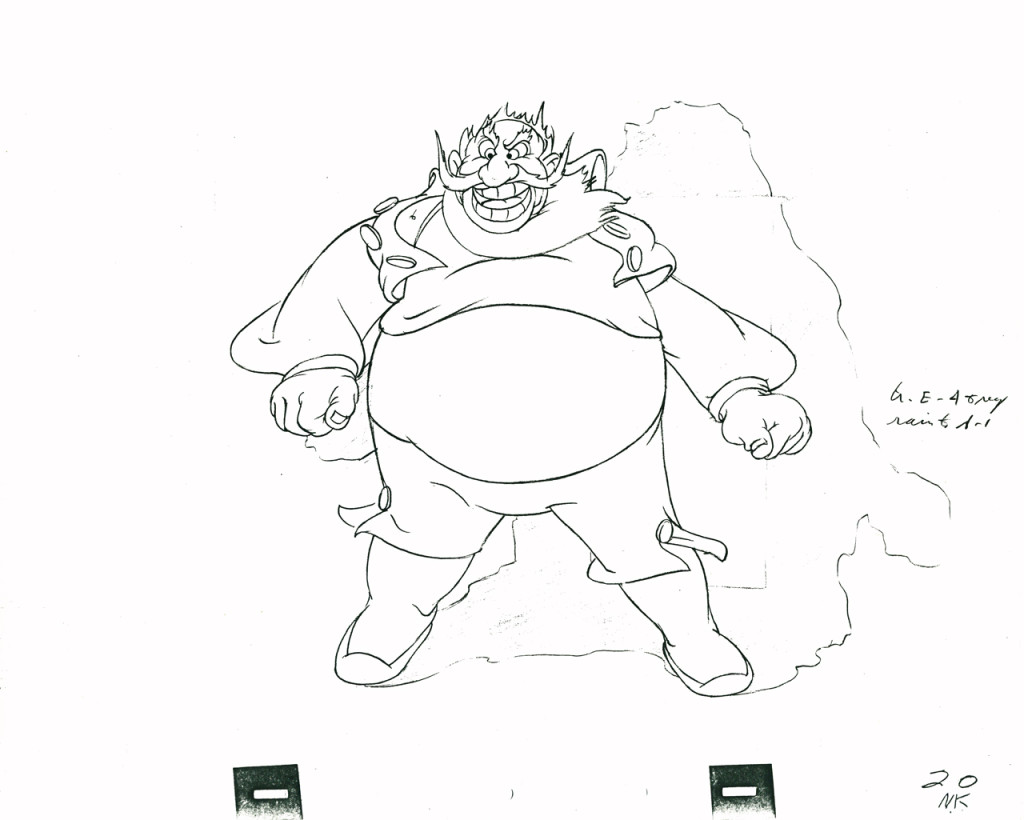 Once you get to the chapter, post-Snow White, which catalogues the making of Pinocchio, Fantasia, Bambi and Dumbo you are in the deep water. Mike pointedly criticizes some of the greatest animation ever done. His analysis of Bill Tytla’s Stromboli is ruthless. Though I am an enormous fan of this animation, I cannot say I disagree with what he has to say. Though I think differently of the animation.
Once you get to the chapter, post-Snow White, which catalogues the making of Pinocchio, Fantasia, Bambi and Dumbo you are in the deep water. Mike pointedly criticizes some of the greatest animation ever done. His analysis of Bill Tytla’s Stromboli is ruthless. Though I am an enormous fan of this animation, I cannot say I disagree with what he has to say. Though I think differently of the animation.
Here’s a long excerpt from this chapter:
- No animator suffered more in this changing environment than Tytla. His expertise is everywhere evident in his animation of Stromboli—in the sense of Stromboli’s weight and in his highly mobile face—but however plausible Stromboli is as a flesh-and-blood creature, there is in him no cartoon acting on the order of what Tytla contributed to the dwarfs. At Pinocchio’s Hollywood premiere, Frank Thomas said, W. C. Fields sat behind him, “and when Stromboli came on he muttered to whoever was with him, ‘he moves too much, moves too much.’” Fields was right-although not for the reason Thomas advanced, that Stromboli “was too big and too powerful.”
- In the bare writing of his scenes, Stromboli, more than any of the film’s other villains, deals with Pinocchio as if he were, indeed, a wooden puppet—suited to perform in a puppet show, and perhaps to feed a fire—rather than a little boy. But the chilling coldness implicit in the writing for Stromboli finds no echo in the Dutch actor Charles Judels’s voice for the character. Judels’: Stromboli speaks patronizingly to Pinocchio, as he would to a gullible child, and his threat to use Pinocchio as firewood sounds like a bully’s bluster. As Tytla strained to bring this poorly conceived character to life, he lost the balance between feeling and expression. The Stromboli who emerges in Tytla’s animation is too vehement, “moves too much”; his passion has no roots, and so he is not convincing as a menace to Pinocchio, except in the crudest physical sense. There is nothing in Stromboli of what could have made him truly terrifying: a calm dismissal of Pinocchio as, after all, no more than an object.
- To some extent, Tytla may have been overcompensating for live action that even Ham Luske acknowledged was “underacted.” But Luske defended the use of live action for Stromboli by arguing that it had kept Tytla on a leash: “If he had been sitting at his board animating, without any live action to study, he might have done too many things.”
I agree, as Barrier says, that Stromboli is a flawed character, and I agree that the movement is broad and overstated. However, I think that this was Tytlas’s only possible entrance into the material, into trying to further the characterization. No, it could not be as deep as the work he’d done on Grumpy in Snow White, but the character of Stromboli isn’t as small as that name, “Grumpy”. A lot more was offered and had to be circled to simplify as best as possible for the small amount of screen time he would have in Pinocchio. And, yes, he comes off like a blowhard with a lot of bluster. But that’s not the way Pinocchio sees him. Pinocchio is made of wood, as Stromboli reminds us, but he is also an innocent, a child learning about the world.
Barrier’s chapter, as I said, moves quickly through this material covering four of the greatest Disney films; no, four of the greatest animated features ever done. In relatively few pages you feel as though he’s gotten it all in there and has even said more in depth than almost any historian about this period of Disney animation. I’ve read this chapter at least a dozen times, and it continues to grow richer for me. I think it’s possible the greatest piece ever written about animation.
Barrier’s writing, vocabulary, choice of phrase is all charged to keep the material tight. He’s writing a large book, and he has to get a lot in.
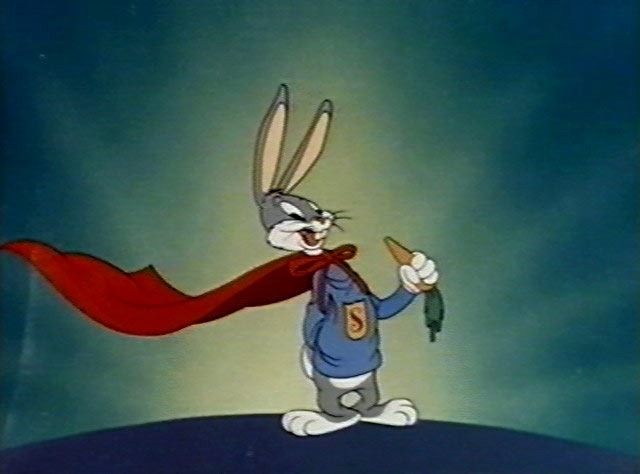 Perhaps some day he will have one of those big picture books to write where he will have the freedom to expound on the material. I did once read such a book. Mike Barrier had been employed to write a history of the Warner Bros. studio, and I got to read the first draft of the manuscript. I had a couple of hours and sat in a chair, thumbing pages. The images that were to be in the book were on large chromes. It was all an extraordinary experience for me, and I remember it somewhat hazily, as if remembering a golden afternoon. Of course that book was cancelled when management changed hands, and the world lost a great book.
Perhaps some day he will have one of those big picture books to write where he will have the freedom to expound on the material. I did once read such a book. Mike Barrier had been employed to write a history of the Warner Bros. studio, and I got to read the first draft of the manuscript. I had a couple of hours and sat in a chair, thumbing pages. The images that were to be in the book were on large chromes. It was all an extraordinary experience for me, and I remember it somewhat hazily, as if remembering a golden afternoon. Of course that book was cancelled when management changed hands, and the world lost a great book.
Can there be any wonder that I go to the Barrier website daily, knowing full well that it’s often months between posts? I just keep looking for new material from him, and will continue my daily routine hoping for the small brightly colored package on his site. It’s almost important for there not to be frequent posts or the new ones wouldn’t always shine as well. However, two or three times a year, there is something rich there, and my search has brought the golden fish. (Yes, I’m exaggerating somewhat like Tytla did in his animation of Stromboli. But the point gets made.)
Even if there’s nothing new there, there’s plenty old. Many old Funnyworld articles or interviews done with Milt Gray. It’s a deep site full of deep writing.
Commentary &Disney 22 Jan 2013 08:28 am
Rambling on some Disney Features
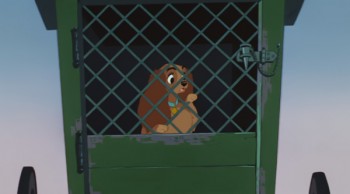 - A stash of Disney animated features were on television this Sunday. Hercules, Lady and the Tramp, Alice in Wonderland, Aladdin, Cinderella, and The Lion King all followed each other immediately, one on top of the other. Actually some of them even overlapped each other. The credits for Hercules (miniscule and too tiny to read) played on the left half of the screen while the opening credits for Lady and the Tramp played on the right half of the screen. They were going to milk every ounce of Disney Family viewing they could for the money.
- A stash of Disney animated features were on television this Sunday. Hercules, Lady and the Tramp, Alice in Wonderland, Aladdin, Cinderella, and The Lion King all followed each other immediately, one on top of the other. Actually some of them even overlapped each other. The credits for Hercules (miniscule and too tiny to read) played on the left half of the screen while the opening credits for Lady and the Tramp played on the right half of the screen. They were going to milk every ounce of Disney Family viewing they could for the money.
I was pretty sick on Sunday, the flu has struck our little home hard, and I’m not yet down for the count but feel pretty close. So I could see how much of this 2D mania I could stomach – flu and all. I didn’t come in to it until the very end of Hercules, which is probably the one film I would have liked seeing again, but virtually missed.
Some quick notes: It was nice to see Lady and the Tramp letterboxed for Cinemascope. The opening is still as tender as ever, and the Siamese cats are beautifully layed out for scope. The layout, backgrounds and animation – particularly the effects animation of the chase for Tramp in the dog pound wagon is exceptional. I think it’s probably one of the best sequences in the film. “Bella Notte,” of course, works well, but except for the sentimental emotion the sequence was never one of my favorites. There isn’t much for the dogs to do while the singing continues. They do pull a lot out of the spaghetti, but for much of it, the dogs just sit there, or in closer shots chew their food.
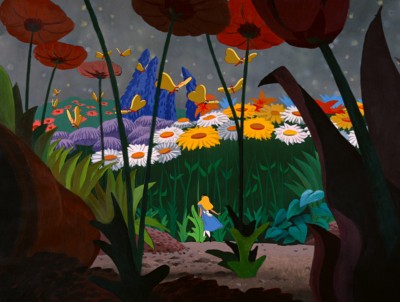 Alice seemed loud and aggressive though some of the coloring seemed inspired, and it’s amazing to see how much of Mary Blair is still in there in some parts – particularly the end of the caterpillar sequence. I found the Cheshire Cat a blessing in the wilderness. A lot is done with little subject matter, and it’s all in the excellent animation, of course. It’s obvious that Alice is a tough character to animate, but she’s done brilliantly. Essentially, she’s the “straight man” for everyone else in the film. She just sits there while the other characters bounce their schtick off of her. As I noted in a past post I am intrigued by the use of shadows in the transitional parts of the film. It works stunningly well , and this device virtually holds a lot of the film together in some odd quiet little way. I’d be curious to see more of this done with other films. You need a director with a big vision watching out for the film as a whole. I’m not crazy about a lot of the wild animation of the many zany characters that seem more cartoon to me than do they feel like Lewis Carrol creatures. There’s an interesting little scene where Alice sits down to cry in the woods. At first, she’s alone, then like Snow White in a similar situation feels sorry for herself and lets go. Little woodland creatures, deer and squirrels and rabbits and birds surround Snow White. Alice greets the odd little cartoon characters which feel as though they’d escaped from Clampett’s Porky in Wackyland. The woodland characters in Snow White serve the purpose of moving the heroine forward in the story to the dwarfs’ cottage. The zanies in Alice just disappear before she stops crying. Essentially, they’re pointless little creatures that offer nothing to the film. Fortunately the Cheshire Cat returns at this point. He fades in just as all the others have faded off.
Alice seemed loud and aggressive though some of the coloring seemed inspired, and it’s amazing to see how much of Mary Blair is still in there in some parts – particularly the end of the caterpillar sequence. I found the Cheshire Cat a blessing in the wilderness. A lot is done with little subject matter, and it’s all in the excellent animation, of course. It’s obvious that Alice is a tough character to animate, but she’s done brilliantly. Essentially, she’s the “straight man” for everyone else in the film. She just sits there while the other characters bounce their schtick off of her. As I noted in a past post I am intrigued by the use of shadows in the transitional parts of the film. It works stunningly well , and this device virtually holds a lot of the film together in some odd quiet little way. I’d be curious to see more of this done with other films. You need a director with a big vision watching out for the film as a whole. I’m not crazy about a lot of the wild animation of the many zany characters that seem more cartoon to me than do they feel like Lewis Carrol creatures. There’s an interesting little scene where Alice sits down to cry in the woods. At first, she’s alone, then like Snow White in a similar situation feels sorry for herself and lets go. Little woodland creatures, deer and squirrels and rabbits and birds surround Snow White. Alice greets the odd little cartoon characters which feel as though they’d escaped from Clampett’s Porky in Wackyland. The woodland characters in Snow White serve the purpose of moving the heroine forward in the story to the dwarfs’ cottage. The zanies in Alice just disappear before she stops crying. Essentially, they’re pointless little creatures that offer nothing to the film. Fortunately the Cheshire Cat returns at this point. He fades in just as all the others have faded off.
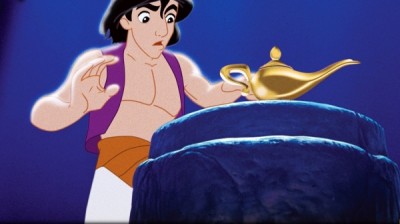 Aladdin has always bothered me. It feels more like a Warner Bros film than a Disney feature. The wild animation and even the style of the animation gives me good reason to feel this way. However, I think I came to terms with that in watching it again (maybe my 12th time?) mixed in with these other movies. The film is what it is and does it well. Eric Goldberg’s genie is a classic combination with the Robin Williams voice over, and Eric gets full use of that voice and the business happening on screen. The material presented has dated some, though not as bad as I expected. How lone before kids don’t know who people like Ed Sullivan are? Though I suppose this is similar to the personalities left over from the celebrity cartoons of the 30′s & 40′s. Mother Goose Goes Hollywood needs a program of its own to tell us who half of those caricatures represent. And they are great pieces of art that Joe Grant did for them. The villain in Aladdin tries hard but he’s not menacing just threatening. There was never anything that I worried about with him, and this feeling goes back to my very first viewing of the film. I do like the tiger in the film, Jasminda’s pet. That cat makes up for the ineffectual father. His character is not anything I can really associate with.
Aladdin has always bothered me. It feels more like a Warner Bros film than a Disney feature. The wild animation and even the style of the animation gives me good reason to feel this way. However, I think I came to terms with that in watching it again (maybe my 12th time?) mixed in with these other movies. The film is what it is and does it well. Eric Goldberg’s genie is a classic combination with the Robin Williams voice over, and Eric gets full use of that voice and the business happening on screen. The material presented has dated some, though not as bad as I expected. How lone before kids don’t know who people like Ed Sullivan are? Though I suppose this is similar to the personalities left over from the celebrity cartoons of the 30′s & 40′s. Mother Goose Goes Hollywood needs a program of its own to tell us who half of those caricatures represent. And they are great pieces of art that Joe Grant did for them. The villain in Aladdin tries hard but he’s not menacing just threatening. There was never anything that I worried about with him, and this feeling goes back to my very first viewing of the film. I do like the tiger in the film, Jasminda’s pet. That cat makes up for the ineffectual father. His character is not anything I can really associate with.
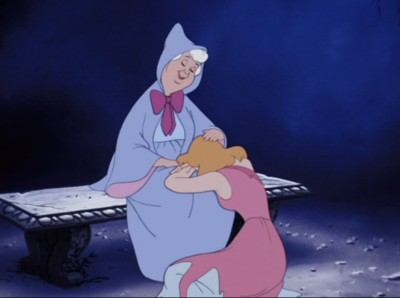 Cinderella is a very interesting film. I go into it thinking I hate it and get completely tied up with the extraordinary pacing of the film. Every scene is so exact and tight. They really knew what they were doing. I’m not the biggest fan of the human animation, but at the same time I’m in awe of it. It isn’t really rotoscoping, but it’s so beautifully pulled off the live action they shot, that it feels completely fresh. The cartoon animals play off the humans as the dwarfs did in Snow White. They look as they they come from different films and the style of animation is so different. The set pieces are exquisite. That entire piece with Cinderella locked in her room, the animals fighting to release her all those stairs away and the final reveal of her own glass slipper. It’s so beautifully melodramatic and so perfectly executed. Yes, this is an odd film for me to watch.
Cinderella is a very interesting film. I go into it thinking I hate it and get completely tied up with the extraordinary pacing of the film. Every scene is so exact and tight. They really knew what they were doing. I’m not the biggest fan of the human animation, but at the same time I’m in awe of it. It isn’t really rotoscoping, but it’s so beautifully pulled off the live action they shot, that it feels completely fresh. The cartoon animals play off the humans as the dwarfs did in Snow White. They look as they they come from different films and the style of animation is so different. The set pieces are exquisite. That entire piece with Cinderella locked in her room, the animals fighting to release her all those stairs away and the final reveal of her own glass slipper. It’s so beautifully melodramatic and so perfectly executed. Yes, this is an odd film for me to watch.
I didn’t make it to The Lion King. I’ve seen that about half a dozen times in the last few months so preferred watching my soap opera – Downton Abbey.
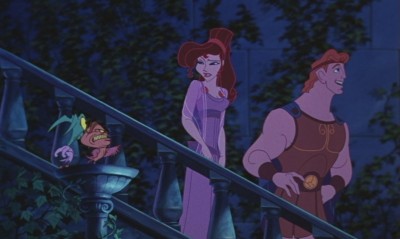 Watching these films back to back to back like this sort of lessens them but at the same time one is overwhelmed by the amazing craftsmanship held so high for so long. For years I felt the modern films, Aladdin, Beauty and the Beast, Hercules were lesser efforts compared to what the “masters” did. But now I’m sure they’re every bit as good as some of the later classics. No, I don’t think Snow White, Pinocchio, Fantasia, Dumbo and Bambi can be beaten today, but the new films are definitely equal to Lady and the Tramp, Cinderella, Alice In Wonderland and anything later than that. (I actually think Sleeping Beauty is in a class of its own and haven’t seen the equal to that from the more recent people. Actually, I take that back. I think Prince of Egypt is right up there. That’s a magnificent film, and it’s one I’d like to discuss more in depth sometime soon.)
Watching these films back to back to back like this sort of lessens them but at the same time one is overwhelmed by the amazing craftsmanship held so high for so long. For years I felt the modern films, Aladdin, Beauty and the Beast, Hercules were lesser efforts compared to what the “masters” did. But now I’m sure they’re every bit as good as some of the later classics. No, I don’t think Snow White, Pinocchio, Fantasia, Dumbo and Bambi can be beaten today, but the new films are definitely equal to Lady and the Tramp, Cinderella, Alice In Wonderland and anything later than that. (I actually think Sleeping Beauty is in a class of its own and haven’t seen the equal to that from the more recent people. Actually, I take that back. I think Prince of Egypt is right up there. That’s a magnificent film, and it’s one I’d like to discuss more in depth sometime soon.)
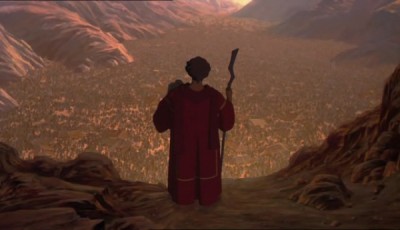 Oh, of course, this is all my own opinionated nonsense. Someone else would have a completely different list. I’m, obviously, leaving cg films out of this discussion. To be honest, I can’t even find a story there that I think measures up to most of the Disney classics. I’m also not thinking much about non-Disney works, but there’s an obvious reason for that. However, some of those Dreamworks 2D films are exceptional and deserve a lot of attention. Attention they haven’t received. Spirit has stunning animation, as do a number of others. They really need a bit of time.
Oh, of course, this is all my own opinionated nonsense. Someone else would have a completely different list. I’m, obviously, leaving cg films out of this discussion. To be honest, I can’t even find a story there that I think measures up to most of the Disney classics. I’m also not thinking much about non-Disney works, but there’s an obvious reason for that. However, some of those Dreamworks 2D films are exceptional and deserve a lot of attention. Attention they haven’t received. Spirit has stunning animation, as do a number of others. They really need a bit of time.
I had some bigger thoughts brought on by watching them all, but I’ve gone on too long already. So I’ll let this rambling post fizzle out. Hope you don’t mind, but I’m getting to enjoy writing these diatribes.
Commentary 05 Dec 2012 07:00 am
December 5th
- Yes, today is Walt Disney‘s birthday anniversary. He would have been 111 years old. It’s also the anniversary of this Splog. It’s seven years old today; my 2,552nd post. They’ve gotten a lot longer than the initial posts. They’ve also gotten more verbal rather than visual, though my attempt is always to keep it visual. I like putting up pictures, especially if the pictures are ones you see so infrequently.
Yesterday, was a first. I had prepared a review of the new McKimson book, I Say, I Say . . . Son!; I’d spent a hell of a lot of time putting it together. And I was supposed to post it yesterday morning. But I forgot. I never put it up. It’ll be posted tomorrow, but I can’t get over the fact that I’d forgotten to send it out there. Mark Mayerson caught it. This was the first time that I did that, and he checked in to make sure I was OK. Maybe I am, maybe not. Could be Alzheimer’s, could be I just forgot it. I have had some time with that review, and a lot of stuff has gotten in the way with it. I’ll be curious to hear any of your comments on it.
Over those past seven years, there are some posts that I’ve been particularly proud of having run and others that were just filler. It’s interesting how I get pleasure from some posts that you might not expect.
I certainly like posting things that one rarely sees on the internet and enjoy putting out material that every animator should own.
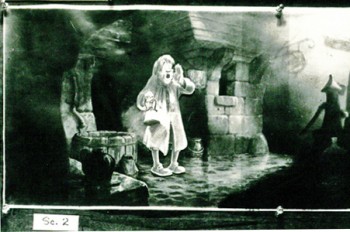 For example, I like putting up storyboard images such as these from Pinocchio: this was composed of photos from animation pencil tests from Pinocchio. Bill Peckmann and John Canemaker contributed.
For example, I like putting up storyboard images such as these from Pinocchio: this was composed of photos from animation pencil tests from Pinocchio. Bill Peckmann and John Canemaker contributed.
Some of the actual board was here. The coachman’s ride.
I also enjoyed posting the board from Mr. Toad’s Ride, excerpted from The Wind in the Willows.
Or there was Dumbo takes a bath here.
There was also all the material from The Sword in the Stone as I posted not only the board from mad Madame Mim’s section of that feature, but I included some great artwork by Bill Peet from that film.
I also liked the walk cycles from 101 Dalmatians, here.
I’ve written often enough about his work for you to know that I’m quite a fan of Yurij Norshtein.
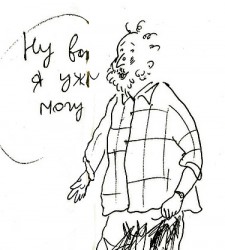 There were the chapters from that wonderful little book about Yurij Norshtein:
There were the chapters from that wonderful little book about Yurij Norshtein:
Norshtein Comics – 1
Norshtein Comics – 2
Norshtein Comics – 3
Norshtein Comics – 4
Norshtein Comics – 5
Norshtein Comics – 6
As a matter of fact, there were a whole string of posts I did about Norshtein when I was reading Claire Kitson‘s brilliant book Yurij Norstein and Tale of Tales: An Animator’s Journey.
for example there was this post on Norshtein’s Battle of Kerzhenets.
Or there was this post about a breakfast I had arranged in my studio for Norshtein and Feodor Khitruk. It was a wonderful morning for me, and I enjoyed sharing it on my blog. (It was sad to note that Feodor Khitruk died this week, December 3rd. I’ll try to put together a proper post to note his life’s work.)
I have been enormously influenced by Norshein, the Hubleys and other animators, such as Tissa David or Jiri Trnka or Bill Tytla. It gives me pleasure to talk about such influences. You can just go to the blue names to the right of the blog to click on those names that are well represented.
Some of these stories really stand out for me. For example, there was this story about Finian’s Rainbow, a Print Magazine article by John Canemaker. I can’t tell you haw many times I’ve gone back there, myself, to look at the material again.
I also enjoy continuing a dialogue I see on the internet. If it gives me a chance to expound on animation, film or acting it often brings me pleasure. There was this post and others about it, thanks to a series by Mark Mayerson, that gave me time to think aloud on this blog.
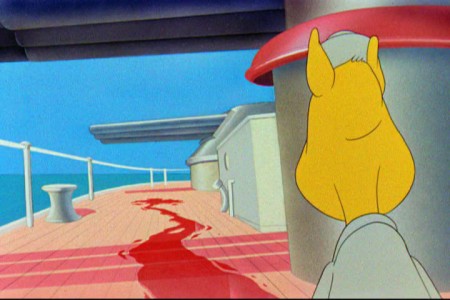 I have a strong love of design in animation, and I can’t help but call attention to it. George Cannata is a brilliant artist and deserves all the attention he can get. See here and here.
I have a strong love of design in animation, and I can’t help but call attention to it. George Cannata is a brilliant artist and deserves all the attention he can get. See here and here.
Or T. Hee was brilliant. See here or here.
I also have a wealth of artwork and plenty of information on Rowland B. Wilson. Start here or here or here.
You know, there’s just a lot of material here.
I haven’t even gotten into the wealth of material on loan from Bill Peckmann with his stunning collection of illustration and comic art. It’s just magnificent, and I am so proud to be able to post whatever he sends me whether it’s Rowland Wilson or Harvey Kurtzman, Gahan WIlson or Dick Moores. There’s just a bounty of artwork, and it all demands viewing. What a treasure is there. What a pleasure to post it.
All I can say is that I intend to keep it up. There’s so much more to post, so much more to enjoy,
Commentary 06 Oct 2012 07:29 am
Effectively Functioning
Predominantly, I’ve been completely absorbed by two things. Tissa David‘s memorial is just about organized. The rough cut of the film program has been assembled, and I’ll hand it off to my favorite editor, Paul Carrillo, who will add some rhythm and grace. Tissa deserves that much from me.
I need to thank Candy Kugel for offering her facility to put this together. It was a lot of work. Thanks also to Rick Broas for doing so much of the technical work that I have no facility to handle. He does and did it with a lot of patience and positive energy.
Other than that I am wholly focused on the introduction to POE, my feature film trying to find a start. I’m completely entrenched in these scenes and work them over and over trying to find the right way to give them birth. I love it and look forward to getting financing soon to really get it under way.
A lot, other than that, has had to do with scanning and planning for this Splog. Today I put together a gem of a piece. We found some incredibly rare pieces among Vinnie Cafarelli‘s archive of material. Some Fleischer and Famous leftovers were found and prove amazing. Look forward to that this coming Wednesday.
Signe’s Rocks
Signe Baumane has one of my favorite blogs on the internet, and I’ve been writing about it for years. She is such a unique and individual writer, and there’s a lot to be gained from reading what she has to offer. Every Tuesday she writes about her film in production, about her depression (the subject of the film), about her life and about art & animation in general. It’s always a good read.
Signe is primarily an animation artist who’s done some half dozen films and is now working on her magnum opus, a feature length animated film called Rocks In My Pockets. This week, on her blog she wrote about a trailer just completed and she posts that trailer. The film combines 3 dimensional backgrounds for many sections under the 2D animation. It has a great look and has me patiently waiting to see more and more until I can finally see the whole film. The trailer doesn’t include any of the 3D backgrounds, which I’m sorry to report. That is such a good look with constructed backdrops that have a distinct style that makes the film look very rich. I feel like she might be underselling it with only the 2D art. You can see samples of the look on some of her past posts (e.g: here and here and you can read about the set design and construction here).
Anyway, here’s her trailer:
WORK IN PROGRESS TRAILER from Signe Baumane on Vimeo.
You can read her blog about the making of the trailer here.
Signe is financing the film on a wing and a prayer. She often writes about the problems of fund-raising on the blog. She’s built a “Donate” button into her website in case you want to send her $10 or $1000 (or anything above, below or inbetween those amounts) to help out. I heartily recommend you do this if you can spare a couple of dollars. You’ll be supporting the arts and a project well worth investing in. A movie ABOUT something. Go to her website, Rocks In My Pocket here.
Events
- This was a busy week. Something was happening almost every day, to the point where I was punking out of some of them.
Sunday there was a party at Amid Amidi‘s office space in honor of Priit Pärn visiting
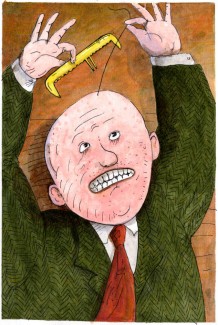 from Estonia. I hadn’t met Priit in the past at any festival. Id only seen about four or five of his films, but I have to admit that I’m not that big a fan. His work is somewhat chaotic and not really “character” animation. Stylistically, he never pulls me in and the substance is a bit too dense for me to the point of impenetrable. I always give the blame for such to myself for not being able to figure out what the filmmaker is trying to say, but when it happens with every one of the filmmaker’s films, I heed the warningand usually back away. That, I’m ashamed to say, is the case with me and Mr. Pärn’s films.
from Estonia. I hadn’t met Priit in the past at any festival. Id only seen about four or five of his films, but I have to admit that I’m not that big a fan. His work is somewhat chaotic and not really “character” animation. Stylistically, he never pulls me in and the substance is a bit too dense for me to the point of impenetrable. I always give the blame for such to myself for not being able to figure out what the filmmaker is trying to say, but when it happens with every one of the filmmaker’s films, I heed the warningand usually back away. That, I’m ashamed to say, is the case with me and Mr. Pärn’s films.
It was a pleasure meeting him, though. He’s truly a sweet man, and was very affable. I hadn’t heard in years from another Estonian, Rein Raamat, and was able to ask Priit if he knew what had happened to the older man. I knew he’d retired years back, but there’s only been silence, and I was afraid he’d died. No, it turns out he’s just retired. You could sense the discomfort there was in talking about the older man. Priit Pärn felt as though he were backing away while answering my questions. I imagine that’ll be the case when someone asks what had happened to me as I go off into the sunset drooling over my favorite Disney collectible.
The party Amid threw was great. A great crowd of people kept it entertaining, to say the least. John Canemaker & Joe Kennedy, George Griffin, Debbie Solomon, Candy Kugel, Emily Hubley with husband, Will Rosenthal, Leah Shore, Richard O’Connor, Liesje Kraai, and,of course, Celia Bullwinkle. There were, naturally enough, plenty of others, but these are they who pop into my mind as I write away.
Many thanks to Amid for hosting the fine event.
On Tuesday, The Princess Bride got a grand resuscitation from the New York Film
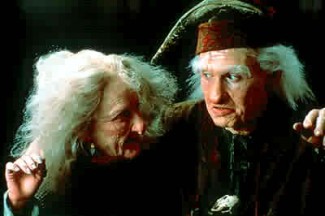 Festival as it honored Rob Reiner’s live action fairy tale. Actually it was an Academy reconstructed print, which is why I was invited. I’m not a fan of the film and had a hard time sitting through it again, but the Q&A was everything that night. On stage was director, Rob Reiner, writer, William Goldman, actors Cary Elwes, Robin Wright, Billy Crystal, Wally Shawn, Mandy Patinkin, Chris Sarandon, and Carol Kane. Rob Reiner was affable but slowly trned into a ham then a pig as he started to answer questions even when others were called upon to respond. He was oblivious to the audience laughing AT him at a couple of points. Billy Crystal, on the other hand, was truly funny. He kept everything moving smoothly with a great sense of humor. Mandy Patinkin was gracious honoring André the Giant the Giant who’d died in 1993. The hot spot was Cary Elwes who had a charming sense of humor with a number of funny bits.
Festival as it honored Rob Reiner’s live action fairy tale. Actually it was an Academy reconstructed print, which is why I was invited. I’m not a fan of the film and had a hard time sitting through it again, but the Q&A was everything that night. On stage was director, Rob Reiner, writer, William Goldman, actors Cary Elwes, Robin Wright, Billy Crystal, Wally Shawn, Mandy Patinkin, Chris Sarandon, and Carol Kane. Rob Reiner was affable but slowly trned into a ham then a pig as he started to answer questions even when others were called upon to respond. He was oblivious to the audience laughing AT him at a couple of points. Billy Crystal, on the other hand, was truly funny. He kept everything moving smoothly with a great sense of humor. Mandy Patinkin was gracious honoring André the Giant the Giant who’d died in 1993. The hot spot was Cary Elwes who had a charming sense of humor with a number of funny bits.
The afterparty was a bust. Loud, overcrowded and irritating it didn’t take long for me to leave. They sent us away with a Goody Bag that included a book of the script filled with scrap from the film lots of stills, artwork of the sets and plenty of information if you’re a fan. They also gave us a T-shirt and as well as a Blue Ray copy of the movie. (I still don’t have a player) I was pleased to give away the bag to someone who really appreciated it.
 Wednesday was the height of the week – a TV night. The Yankees were playing for the championship of the AL East. If they won they got it; if the lost and Baltimore won they were just a team with a one-game playoff to go on Thursday. Yankees won, Baltimore lost.
Wednesday was the height of the week – a TV night. The Yankees were playing for the championship of the AL East. If they won they got it; if the lost and Baltimore won they were just a team with a one-game playoff to go on Thursday. Yankees won, Baltimore lost.
Then the highlight of the night. The first Presidential debate aired from Colorado. Romney got the chance to look Presidential as he stood alongside the real President. The format went out the window as Romney ignored Jim Lehrer and fought him time after time after time. Obama curled up into a ball and didn’t fight for what he believed in. Romeny just kept lying and changing his opinion on everything. He’s been politicking on a tax cut for the rich these past 9 months, now he says that that’s not what he’s doing. I give up. Obama just stood there with his head down taking notes, for some reason. I got so frustrated by his performance that I was about ready to change the channel.
At least the Yankees knew how to win.
Thursday saw two films: The Paperboy starred Matthew McConaughey, Zac Efron, John Cusack, and Nicole Kidman. Lee Daniels directed his second film. (Precious was his first two years ago.) This film was a mess and tried so hard to be an artfilm. Trashy characters mix with each other until half of them are dead. Macy Gray was one of the only spots of dignity in it.
and
The Eye of the Storm is an Australian film starring Geoffrey Rush, Judy Davis, and Charlotte Rampling. It was directed by the pro, Fred Schepisi. This was a very well acted film. Judy Davis was near brilliant even though the script wasn’t as strong as it might have been. I really found enjoyment with the interplay of the characters and the actors who inhabited them.
I saw Bill Plympton at this screening and invited myself to his loft to say hello to his newborn baby boy. I’ll try to make it there this week.
Lots of screenings and parties and whatnot are on the schedule for the next week or so. I’m amazed with how much the Academy has been involved in the New York Film Festival this year. I’m also pleased with it.
Frankenweenie Reception
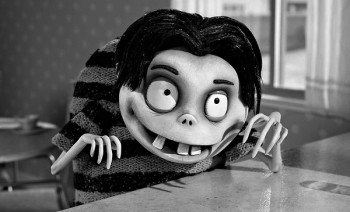 Frankenweenie opened in NY yesterday, though I won’t get to see it until next Thursday (and will review it after I see it.) The film received some of the best reviews this year for an animated feature. Nationally, Rotten Tomatoes gives it an 85% rating.
Frankenweenie opened in NY yesterday, though I won’t get to see it until next Thursday (and will review it after I see it.) The film received some of the best reviews this year for an animated feature. Nationally, Rotten Tomatoes gives it an 85% rating.
Elizabeth Weitzman in the NYDaily News gave it four **** stars and called it a “Frankenweenie Delight.” The lst lines of the review are: “Despite the gently macabre tone, there are no gratuitous scares or elbow-nudging ironies. Just a witty, warm appreciation of cinema, science and the creativity of childhood.
___________________________________________What a rare and welcome treat.”
A.O. Scott in the NYTimes praises the film lightly but pulls back at each bit of praise. “The delights of “Frankenweenie†are abundant and real. Its opening scenes are beguiling in their strangeness, and its climax is wild and hilarious. But the movie, a Walt Disney release, also feels tame and compromised, a tissue of safe pop-culture allusions rather than an inspired, audacious engagement with older movies.”
Lou Lumenick in the NYPost gives it 3½ stars and fine praise. “‘Frankenweenie’’ is Tim Burton’s best film in years. With this expanded, beautifully realized and highly entertaining animated version of his famous 1984 live-action short about a young loner and his resurrected dog, Burton, whose films have gotten progressively more overblown and overproduced, goes back to ghoulish basics. It’s an endearingly modest and affectionate tribute to the classic 1930s monsters and their influence on daydreaming kids like Burton who grew up in suburbia four decades later.”
The Village Voice‘s Chris Packham has only high tribute to the film. “Frankenweenie Awakens the Pleasures of Reanimation” “Frankenweenie . . . is tight and brief, hitting all the marks you’d expect from an animated kid’s film, and enlivened by Burton’s visual style. The man should make more small movies like this one.”
One wonders what will happen to Adam Sandler‘s successful feature, Hotel Transylvania. (Interesting that I instinctively tought of this as Adam Sandler’s film and not Genndy Tartakovsky‘s film.) Will Frankenweenie kill this or vice versa? We’ll know by Sunday.
Hubley Films
- There will be an extensive program of Hubley films screened at The Museum of Arts and Design on Friday, Oct. 19th. The films to be screened are a large mix of those done by John, Faith and Emily Hubley. They include:
- Adventures of an Asterisk
1957, Dir. John & Faith Hubley
The Hat
1964, Dir. John & Faith Hubley
Eggs
1971, Dir. John & Faith Hubley
Cockaboody
1973, Dir. John & Faith Hubley
The Tender Game
1958, Dir. John & Faith Hubley
Time of the Angels
1989, Faith Hubley
Her Grandmother’s Gift
1995, Dir. Emily Hubley
Witch Madness
2000, dir. Faith Hubley
Pigeon Within
2000, dir. Emily Hubley
Northern Ice Golden Sun
2001, Dir. Faith Hubley
Set Set Spike
2002, Dir. Emily Hubley
And/or
2012, Dir. Emily Hubley
details:
The Museum of Arts and Design
2 Columbus Circle, New York, NY 10019 on
Friday, October 19, 2012 – 7:00 pm
$10 general / $5 members and students
New Savannah
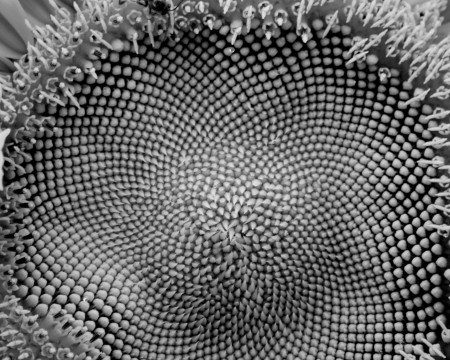
A photo by Bill Benzon which seems to work exquisitely on his site.
- Bill Benzon continues with some of the most intellectual theses and conversations on his blog, the New Savannah. Recently, I directed you to a lengthy piece about Dumbo which Mr.Benzon had reworked into a PDF which was available for the clicking.
Lately, he has written about many big concept ideas such as the lack of cartoon animals as a stand-in for humans in modern animation. Where’d the Animals Go? discusses this subject in earnest. From South Park to UP to the Simpsons to Brave, humans dominate. Animals are animals, as in How to Train Your Dragon.
He’s written about Cuteness (the Infant Schema). An analysis of Tweety and other big-headed, big eyed, sweet characters.
He’s written about Ratatouille and the discussion of man, vermin and food. This has stretched on to three nice-sized posts. In fact this is the heart of this film, and it’s quite adroit of Bill Benzon to go directly to that place to discuss the subject. This, it seems to me, is what he often does.
It’s also what makes his blog a regular read for me. (I also love many of the photos he posts along the way.) This is a site unlike any other. Intelligent conversation about cartoons. No, it’s not about how many lines Bugs Bunny ahs on the back of his gloves from cartoon to cartoon, but it talks about the abstract. Considering that all cartoons and cartoon characters are abstractions, it’s interesting that there are no others like this blog.
I’ve had a rare few of my films given the intellectual approach in reviews. A scholar of Hans Christian Andersen‘s tales delved deeply into a number of my updated Andersen tales and he gave them a quite positive review in his two books on the subject. These were done without my knowledge; I learned of them only when a reviewer’s copy arrived in the mail compliments of the author. I have to say these are the reviews I most treasure. The analysis of the thoughts that went into the films. Someday, perhaps, Bill Benzon may take some interest in my work. (hint, hint)
Books &Daily post 29 Sep 2012 06:55 am
Egos, Books, and Michel Ocelot
There’s been a relatively short conversation going on at the comment section of my blog for an older piece I’d repeated this past week. The discussion has been about Eyvind Earle. The first few visitors who commented all wanted to express their dislike of this film (particularly the story) and Eyvind Earle’s design work, in particular. “Scott’s” dislike of Mr. Earle’s work extends to his personal attitude while working on the film. He, according to “Scott”, was thick headed and wouldn’t listen to any requested changes to his designs, allowing his ego to take charge of the work. (I’m not sure that I see that on the screen, nor did I really feel that when I met the man when I got to spend an afternoon with him as I accompanied Mike Barrier on an interview. I admit it is possible though.)
In fact, I think the ego is essential in breaking new waves and advancing the art form. Adam Abraham in his book When Magoo Flew writes about the ego of John Hubley in running his productions at UPA. If he wanted a specific blue, that’s all that he would settle for. The report is that he was oppressively insistent on it being his way only. I worked for Hubley for years and never got to see that side of the man. Oh, there was a well deserved and big ego there, but it never got in the way of the art being created.
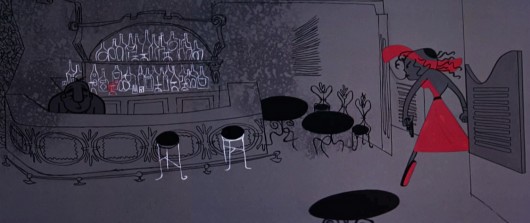
Rooty Toot Toot
We’ve seen Bill Peet complain about Bill Tytla‘s use of his (Peet’s) drawings while working on Dumbo. According to what I’ve read, Peet complains that Tytla took full credit for the sequence of baby Dumbo running in and around his mother’s legs, when Peet felt it was his scene, his key drawings that made the scene the perfect piece that it was.
Chuck Jones, while working briefly for Disney (on Sleeping Beauty), told Walt that he had to leave the studio. When Disney asked what job Jones really wanted at the studio, Jones said, “Yours.” He felt that only Disney’s job was suitable for him. Talk about ego. The ego was even larger than that when you realize that it was Jones, hmself, that told me that story – however real it actuall was. The egos of Jones and Clampett and even Freleng vie over who created what character.
Egos are necessary in an industry of craftspeople and artisans, especially when an artist is trying to get something brilliant out of them. Thomas, Johnston, and even Kahl were brilliant actors with amazing abilities of draftsmanship. But the film, the bigger picture, needed a direction which Earle gave it. Just look at the wretched Reitherman films to see what Thomas, Johnston and Kahl turned out without the strong, smart director who was also an artist. Tytla took animation to another level, he was truly an artist, himself, but look at the miserable little films he directed when he left Disney’s studio. Even the support system of that studio wouldn’t have helped Leprechauns Gold or Snap Happy. (Mind you, I love Snap Happy, but it has no relation to art.)
Here’s a small piece David Parfitt wrote:
- Tytla was a tough guy who used abusive language and irritated his fellow animators. Ken Anderson (Disney Legend for Animation and Imagineering) went to Walt Disney to express frustration at the way Tytla treated his coworkers. Walt Disney replied, “What do you think of Chernabog, the God of evil, in ‘Fantasia’? What do you think of Stromboli in ‘Pinocchio’?†Anderson (the art director for both films) replied, “They are some of the most powerful and vicious villains we’ve ever done.†Walt Disney looked at Anderson and said, “Where do you think all that anger comes from?†Vladimir Tytla was a maverick who needed to release anger and energy to manifest some of the most powerful imagery ever produced by the Disney Studios. A maverick is difficult for a company to grapple with because of their abrasiveness and the way they go against the way things typically run. Yet out of the agitation and irritation often comes a new direction that could secure a company’s future.
Sleeping Beauty changed the Disney studio forever. The animators and artists there, with the exception of Ward Kimball and a few others, fought against the use of 20th century graphics in their films, yet UPA’s influence slowly crept into the mix. Finally when Walt Disney, himself, chose Eyvind Earle and put full support behind him to design this film as he saw fit. The animators all fought Earle and continued to bad mouth him to the end of their days. Yet Earle’s style, as well as Tom Oreb‘s great character designs for that film, are frequently copied by the new generations of artists. The backgrounds and some of the character design are stolen directly from Sleeping Beauty. Even though the SB art is a play on 15th Century manuscripts and art, it was used for the Pocahontas forests.
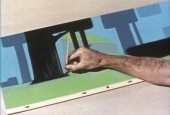
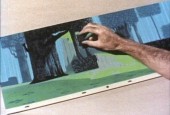
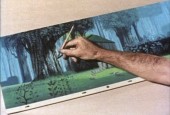
Painting Sleeping Beauty
Nothing at Disney, with the possible exception of Bedknobs and Broomsticks went back to the past to illustrate their films henceforth. Until, of course, today’s new artists in animation who just steal from other past films. Bluth‘s Small One or is virtually without style. Tim Burton is possibly the only exception I can see of this current view of the state of animation. The regurgitated past of other artists who deservedly had egos aglow. We go on. Perhaps someone like Genndy Tartakovsky will bring some of the panasche he brought to Samurai Jack.
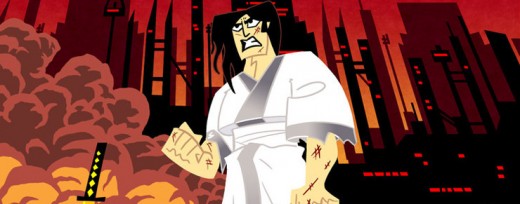
Samurai Jack
By the way, there’s a good interview with Tartakovsky on this week’s on-line version of the Village Voice.
Books
.
- There are a couple of books I’d like to write about.
.
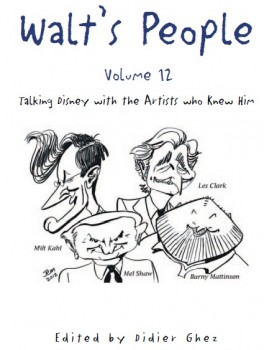
- Let me mention Didier Ghez‘ latest volume of his interview series, Walt’s People.
Just released is Walt’s People – Vol. 12. Just the idea of 12 volumes of any book in print, is quite extraordinary, and amazing feat for Didier Ghez to pull off.
I own about a half dozen of this series and have read all of them at least twice. Most of the interviews are exceptional, some are smart, and the rest are just very good. In all there are those interviews that give us some real insight into the process and history of the making of animated films by the professionals who did it. Les Clark, Larry Clemmons, Charlie Downs, Al Eugster, Sammy Fain, Milt Kahl, Burny Mattinson, Paul Murry, and Mel Shaw are among the many who are interviewed in depth for this new volume. Some of our greatest historians (Robin Allan, Michael Barrier, Albert Becattini, John Canemaker, John Culhane, Pete Docter, Chris Finch, J.B. Kaufman, Jim Korkis, Dave Smith, and Charles Solomon among others) conduct the interviews.
It’s just another great volume in the series. You should own them all; I should own them all, to be honest, and I will.
Ganesha’s Sweet Tooth
- As previously reviewed on this blog, Sanjay Patel will see his first children’s book, Ganesha’s Sweet Tooth released this week by Chronicle Books. I have a sore spot for Mr. Patel’s work. He’s an artist who works by day at Pixar and is an artist, with his own very defined style, working extensively after hours.
I’ve reviewed many of his books and have a real fondness for The Ramayana. Were I you, looking to explore this artist’s work, I’d buy Ganesha’s Sweet Tooth. Once you have it and want more – you will – go for The Ramayana. It’s a brilliant masterwork.
Snow White x 2
- Unless you’ve been hiding under a rock, if you’re an animation fan, you know that the brilliant historian, J.B. Kaufman, has not one but TWO books on Snow White about to appear on the market.
The Fairest One of All: The Making of Walt Disney’s Snow White and the Seven Dwarfs and
Snow White and the Seven Dwarfs: The Art and Creation of Walt Disney’s Classic Animated Film
are the two titles by Kaufman that focus in great depth on that film and its development. This is to celebrate the 75th anniversary of the feature, and will coincide with a display that will appear soon at the Walt Disney Family Museum in San Francisco.
Both books come from the Walt Disney Family Foundation in conjunction with the Walt Disney Family Museum. I’ve seen the Art of Creation book, and was completely taken with it. I will most definitely own both books. The film means much to me, and I want to own anything Kaufman writes. It’s a no-brainer – double my pleasure.
By the way, part of the reason I’m looking forward to reading these two books is to compare it with Michael Barrier‘s amazing writing on this period at Disney’s studio. In Hollywood Cartoons, there’s a large part of the book dedicated to the development andcreation of this particular film. Then in The Animated Man: A Life of Walt Disney Barrier tells the same information but from a different perspective entirely. This biography of Disney is wholly involved with Walt Disney, the man and artist. It’s a unique turn that we only see in the poorly written Diane Disney Miller book, The Story of Walt Disney. As Walt’s young daughter she could see the story no other way than from his perspective. While waiting for the Kaufman books to come out, read either of Barrier’s books for the best, to date, version of the Snow White story. It’s strong writing.
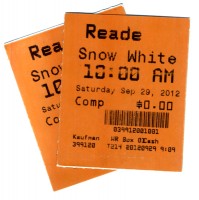 It’s appropriate that I was invited to a 10am screening of Snow White at Lincoln Center this morning. It’s part of the NY Film Festival’s 50th anniversary celebration. Eric Goldberg introduced the film with a brief and smart little talk about the animation. Talking about The Old Mill as a test run for the Multiplane Camera, talking about the Three Little Pigs first offering characters that looked alike but had characterization defined by their animation (as did the dwarfs), talking about The Goddess of Spring being an enormous failure for Ham Luske who succeeded animating Snow White. It was nice to say hello to Eric prior to the film. We haven’t seen each other in about five years. It was nice also to see the film projected. I saw the movie on tv/dvd only a couple of weeks ago, but it’s a very different experience on the big screen. The digital transfer was glorious, merciless and disastrous. The ink lines were so sharp that you could actually feel how deeply the crow quills cut into the cels. However there were many points where individual frames had slight digital distortion to hurt the ink lines, and the magic mirror actually had the detritus of digital compression across the center of the mirror. Someone should have been there to supervise the transfer.
It’s appropriate that I was invited to a 10am screening of Snow White at Lincoln Center this morning. It’s part of the NY Film Festival’s 50th anniversary celebration. Eric Goldberg introduced the film with a brief and smart little talk about the animation. Talking about The Old Mill as a test run for the Multiplane Camera, talking about the Three Little Pigs first offering characters that looked alike but had characterization defined by their animation (as did the dwarfs), talking about The Goddess of Spring being an enormous failure for Ham Luske who succeeded animating Snow White. It was nice to say hello to Eric prior to the film. We haven’t seen each other in about five years. It was nice also to see the film projected. I saw the movie on tv/dvd only a couple of weeks ago, but it’s a very different experience on the big screen. The digital transfer was glorious, merciless and disastrous. The ink lines were so sharp that you could actually feel how deeply the crow quills cut into the cels. However there were many points where individual frames had slight digital distortion to hurt the ink lines, and the magic mirror actually had the detritus of digital compression across the center of the mirror. Someone should have been there to supervise the transfer.
Paperman played prior to Snow White. It was animated cgi, then flattened and lines were added atop the flattened drawings. I can’t for the life of me understand why it wasn’t just animated by hand. It would have cut the cost in half and had more life to it. Sorry, I don’t think it worth the Oscar. Though you never know it may be the best film, this year.
Tales of the Night
- Michel Ocelot has received another excellent review from the NYTimes. Tales of the Nightis reviewed by Andy Webster in the Times, and is Ocelot’s latest feature length animated film – his first in 3D – and the reviews are sensational. It’s screening as part of the Children’s International Film Festival and plays at New York’s IFC Theater through next Tuesday. This is a silhouette film in brilliant color.
His films are beautiful and deserve to be seen in a theater. I’d heartily recommend getting to the theater if you have the chance. Hopefully the distributor will submit this one for Oscar consideration. Though the look is 2D, the graphics are done via cgi as was the case with his past films, including Azur & Asmar, Kirikou et les betes sauvages, Princes and Princesses, and Kirikou and the Sorceress.
Some amazing animation is coming out of France these days.
More Reviews
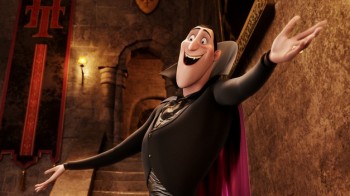 Now to the bigger release for the smaller film department:
Now to the bigger release for the smaller film department:
Adam Sandler‘s second animated feature, Hotel Transylvania, opened to mostly poor reviews by 2nd string reviewers.
NYTimes sent Neil Genzlinger to give his negative review. The most positive line is: “The movie loses its originality as it rolls toward its predictable conclusion, but it’s still lovely to look at.”
Someone named Sara Stewart reviews the film for the NYPost and gives it a middling 2½ stars. “Director Genndy Tartakovsky (“The Powerpuff Girls,†“Samurai Jackâ€) is a natural fit for this kid-and-parent-friendly flick. The animator’s wit and attention to detail enliven a collection of well-known ghosts and ghouls. (Though Tartakovsky’s more traditional TV-cartoon style is still superior, as evidenced by his playful closing credits.)”
Joe Neumaier, the 2nd rate first stringer of the NYDaily news gave it a mostly positive 3 star review. “This being a Sandler movie, the humor skews toward the infantile (fart jokes, peeing baby werewolves). But the sleek visuals are rich and glossy, placing the characters, who look like Halloween door decorations, in baroque hallways or secret passageways.”
I enjoy the reviews in The Onion, and their review for this film by Tasha Robinson doesn’t disappoint. A C+: “Tartakovsky gets a long way on wild design and visually daring sequences. His work has always been adventurous, experimental, and conceptually creative, and he hasn’t lost any of his energy or capacity for staging a memorable setpiece.”
Whatever happened to the feature length version of Samurai Jack that J.J. Abrams was going to produce wth Tartakovsky directing?

